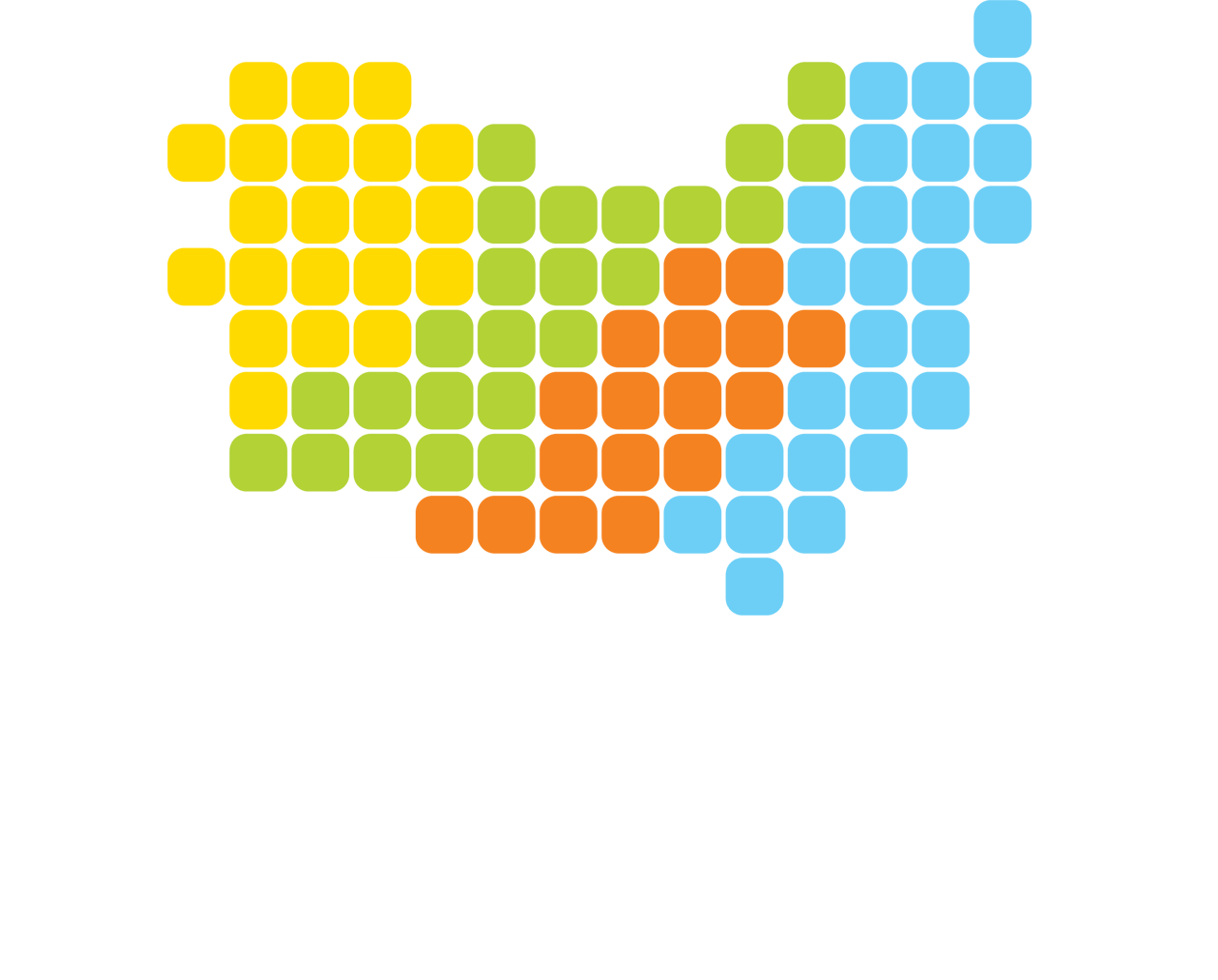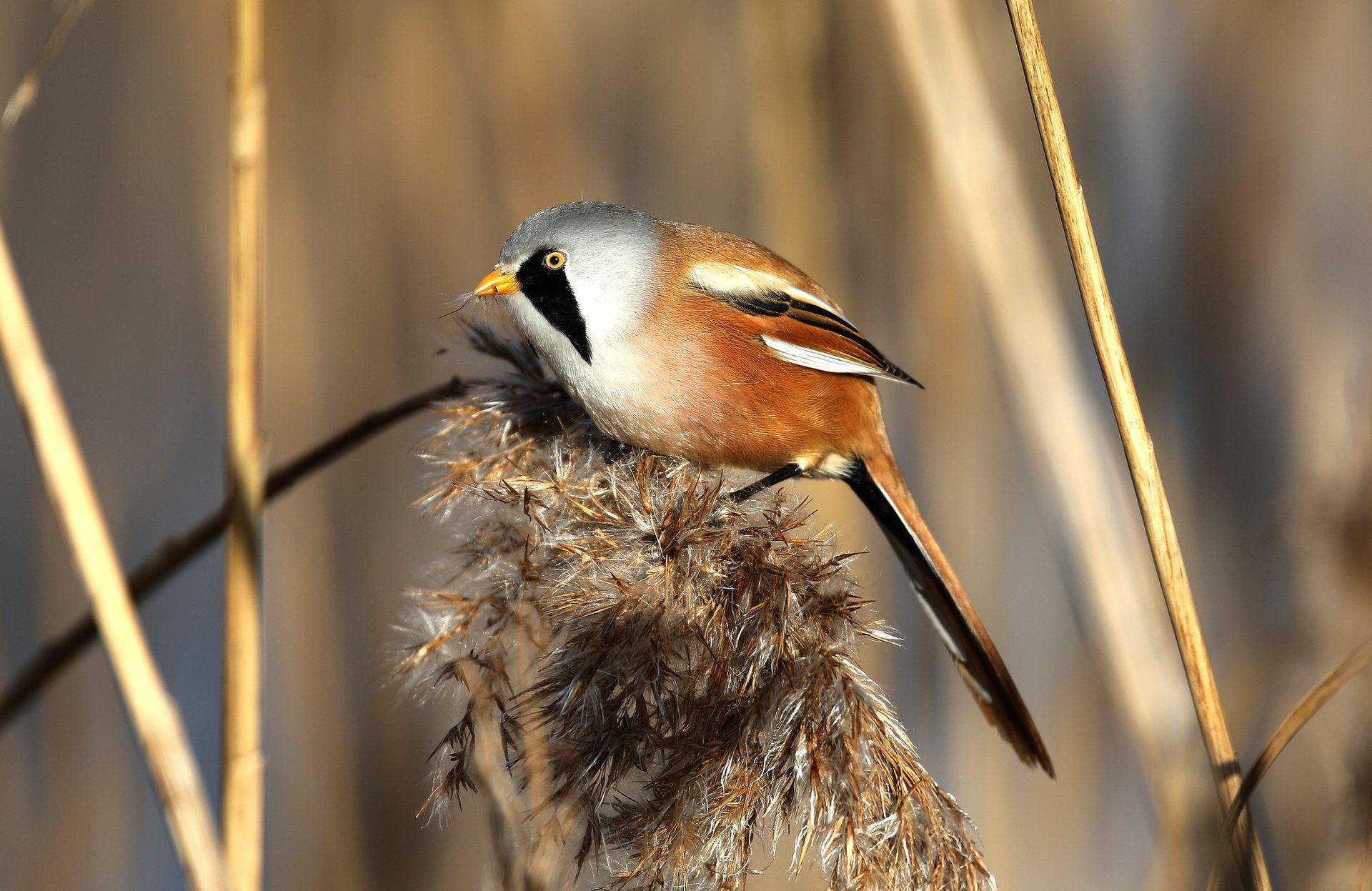Bearded Reedling at Lakenheath with thanks to Trevor Goodfellow
SBIS News
Projects
Lidar-derived tree canopy polygon data
Hedgerows
A dataset of field boundaries was extracted from the Ordnance Survey MasterMap data and clipped by parish boundaries. This was overlaid with the canopy polygons, and the hedgerows were classified using statistics (including min, max, mean, and standard deviation) for treed lengths, gappiness, canopy area, height, estimated volume and the total number of tree canopies.
We have mapped these quality indicators at the Parish level and intend sharing this information via our website.
County Wildlife Sites, Roadside Nature Reserves, County GeoSites
Suffolk Wildlife Trust continues to rewrite many CWS citations, which are being incorporated into our database.
Expanded areas of Suffolk Wildlife Trust sites Carlton Marshes, Knettishall Heath and Black Bourn Valley have been added to the register and GIS database.
Data updates to SLA Partners
The 6-monthly GIS data updates were made available on the SBIS website in December. For those who download the data, notification emails including the download links were sent out. The next updates will be in June.
Native Black Poplar Survey recording form and map
This is live and accessible via a link on the SBIS website to registered volunteers and Suffolk Tree Wardens.
The planted sapling data is now included as a layer on the map, and volunteers are adding new records to this and verifying existing trees. Records of new trees are sent to the Native Black Poplar Recorder, Sue Hooton, to verify.
Other activity
Supplying data to the University of East Anglia (UEA) for a natural capital assessment of the County Farm estate.
SBIS attended meetings with UEA and the Norfolk and Suffolk Mapping Group, discussing, in particular, the Local Nature Recovery Strategy. We also met with Suffolk and Norfolk County Council’s respective IT departments to discuss a proposed online GIS to disseminate natural environment information.
Website
We have recently added Suffolk Natural History vol. 57 and Suffolk Birds vol. 70 to our library.
The library's Antiquarian Books section has added a few more titles. All the books we’ve found have links to sites where you can read them free online.
The Species of the Month page highlights a species of local interest every month, filled with fascinating facts and distribution information. Subjects include the European Eel, Spurge Laurel, Holly, Brook Lamprey, Goldcrest, Hornet Hoverfly, Hornet Moth, Roman Snail and more. Treat yourself to a quick read!
Average weekly searches and records processed 2020 to 2023
Commercial Data Enquiries
For the eleven months of 2022–23, we have processed 576 searches supplying 637,493 records. The equivalent of 12 searches a week with an average of 1,107 records each. This is an increase of 5 searches and 108,738 records from the same period last year.
Ancient Woodland Inventory
Survey volunteers are needed!

Natural England/Peter Roworth
Suffolk Biodiversity Information Service is looking for volunteers to undertake woodland surveys throughout the Spring and early Summer of 2023.
These surveys will provide crucial information for the Ancient Woodland Inventory update that is currently taking place across Suffolk. Long-established woodland sites have been mapped digitally but field surveys are needed to provide evidence of their age.
This role is suitable for those with woodland surveying experience and an interest in conserving Ancient Woodland.
Role responsibilities
- General walk-over of woodland site – following guidance on focus areas if specified
- Completion of species list – including indicator species and abundance
- Description of site and map annotations where necessary
- Input of woodland survey data into digital form
Commitment: Any day and time to fit in with your schedule
Materials: All forms and maps will be provided, as well as guidance on land access
Location: Various sites around Suffolk - you may wish to visit local sites, those further afield or both!
For more information and to sign up, please contact
Hannah Alred, Ancient Woodlands Inventory Officer
Suffolk Biodiversity Information Service
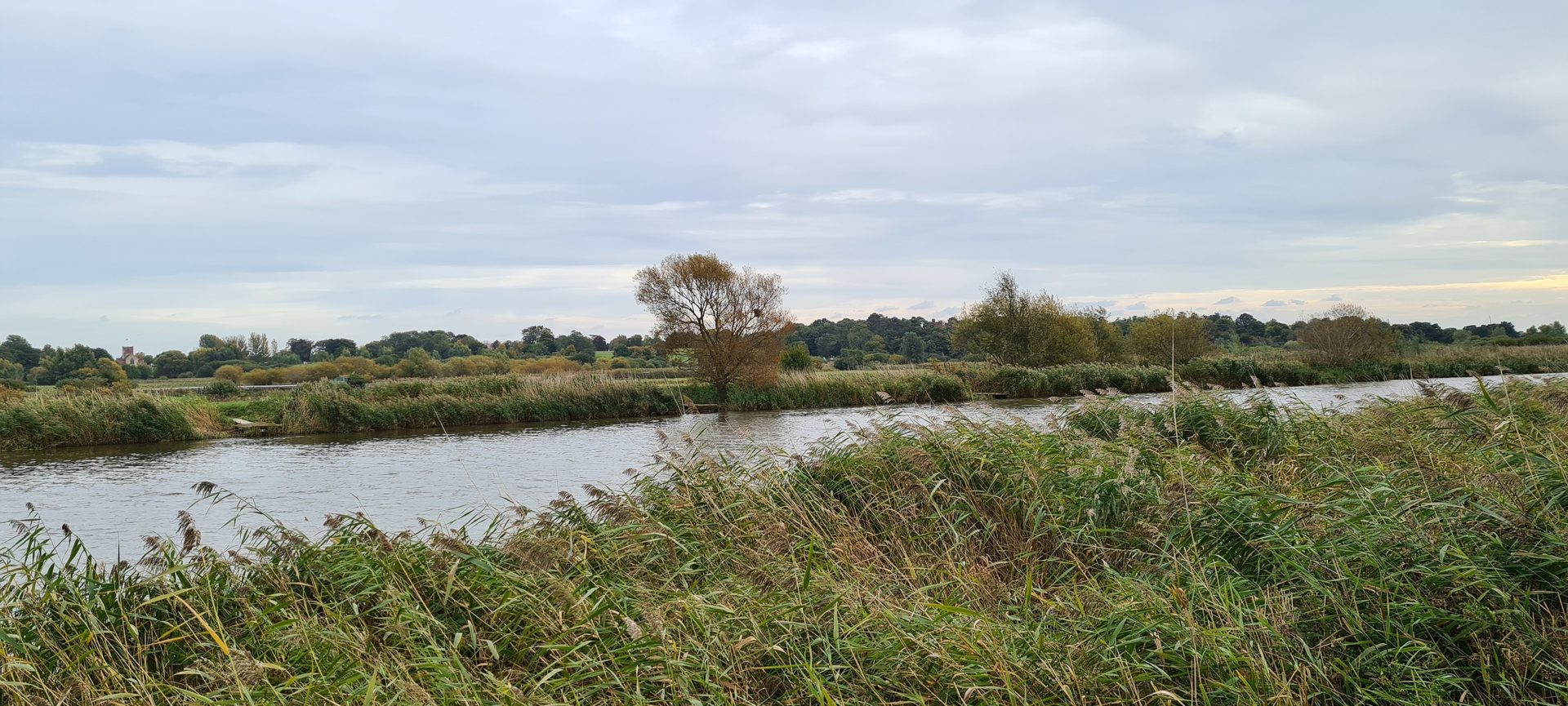
The River Waveney at Carlton Marshes Nature Reserve © Emma Aldous (SBIS)
River Waveney Farming Cluster
Emily Winter, River Waveney Trust
The Waveney Farming Cluster is going from strength to strength, doubling in size over the past 18 months and now encompassing 39 farms and over 10,000 hectares of farmland. This landscape-scale project aims to bring farmers together to collaborate on improving water quality, managing water availability and connecting vital habitats throughout the Waveney catchment in the heart of the Norfolk and Suffolk Claylands.
Group events and farm walks are held on various topics, from carbon accounting, soil health and cover crops, turtle doves, hedgerow management and pond restorations. These meetings allow farmers to share learning and experiences and drive collaborative change for the local environment. Delivery on the ground has included tree and hedgerow planting, arable margin enhancement, pond restorations, leaky dam and sediment trap installations, an undersowing maize trial, track and watercourse crossing improvements and turtle dove habitat enhancements. In addition, the group is collecting data on water quality and fertiliser efficiency, intending to reduce harmful nutrients entering the River Waveney and improve farm profitability and resilience.
This project has already contributed to savings of around 7.5 tonnes of fertiliser across 11 fields, equating to a reduction in CO2 equivalent emissions by about 24 tonnes.
Thanks must go to several sponsors supporting this work: Essex & Suffolk Water, Crisp Maltings, Simpsons Malt, Durrants and Kings Crops. If you are a farmer or landowner interested in joining or learning more about this group, please get in touch with Emily Winter at [email protected] or call 07788 419475.
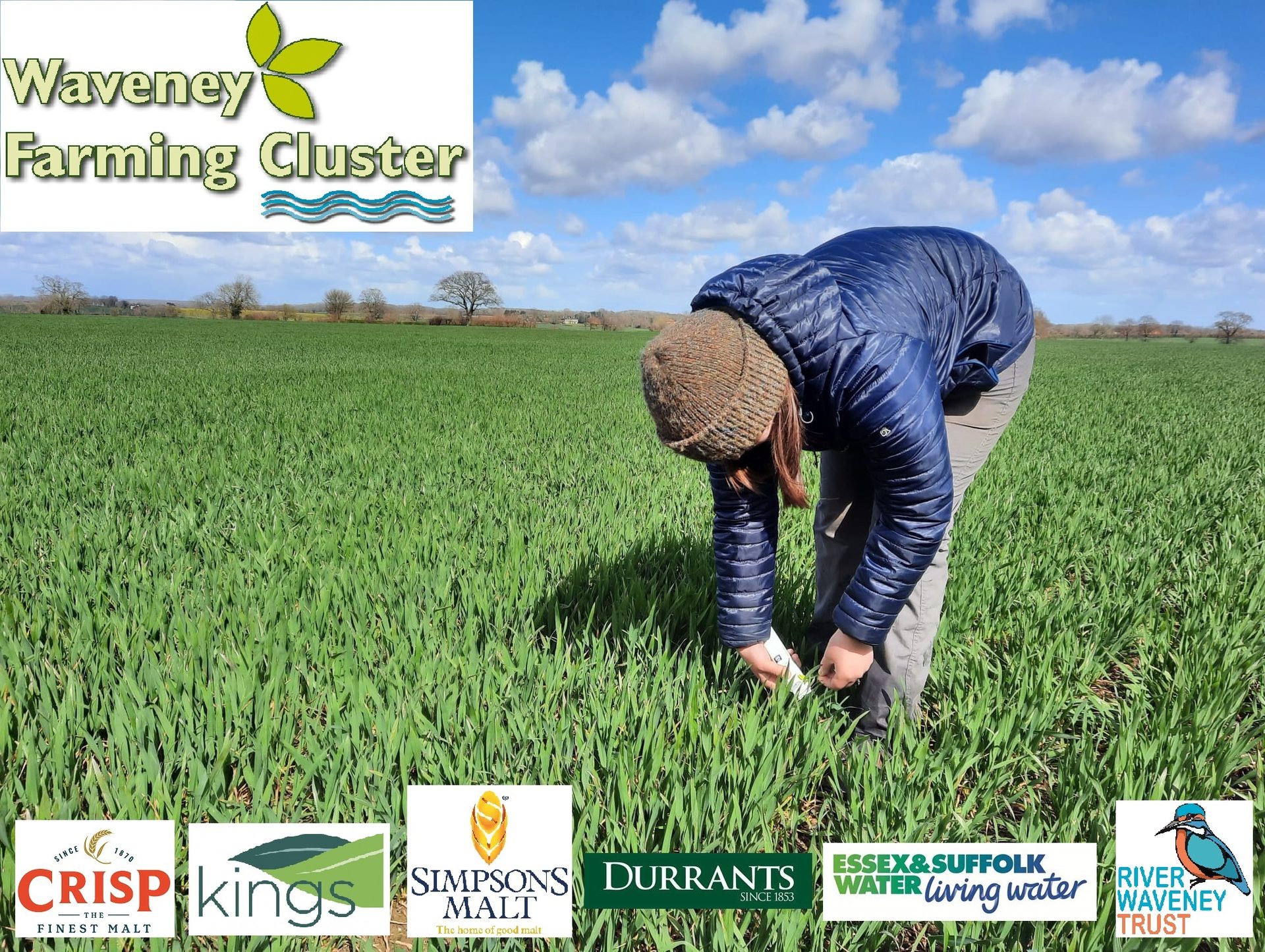
A boost for biodiversity in the Broads
Laura Middleton, Broads Authority

A Truxor is equipped with an excavator attachment with stabilizers and can be driven straight into wetlands with no assistance and can access even the trickiest ditches and dykes. © Broads Authority
The Department for Environment, Food and Rural Affairs (Defra) has provided the Broads Authority with a capital grant of £1.115 million (2022/23) for maintaining biodiversity and habitat restoration.
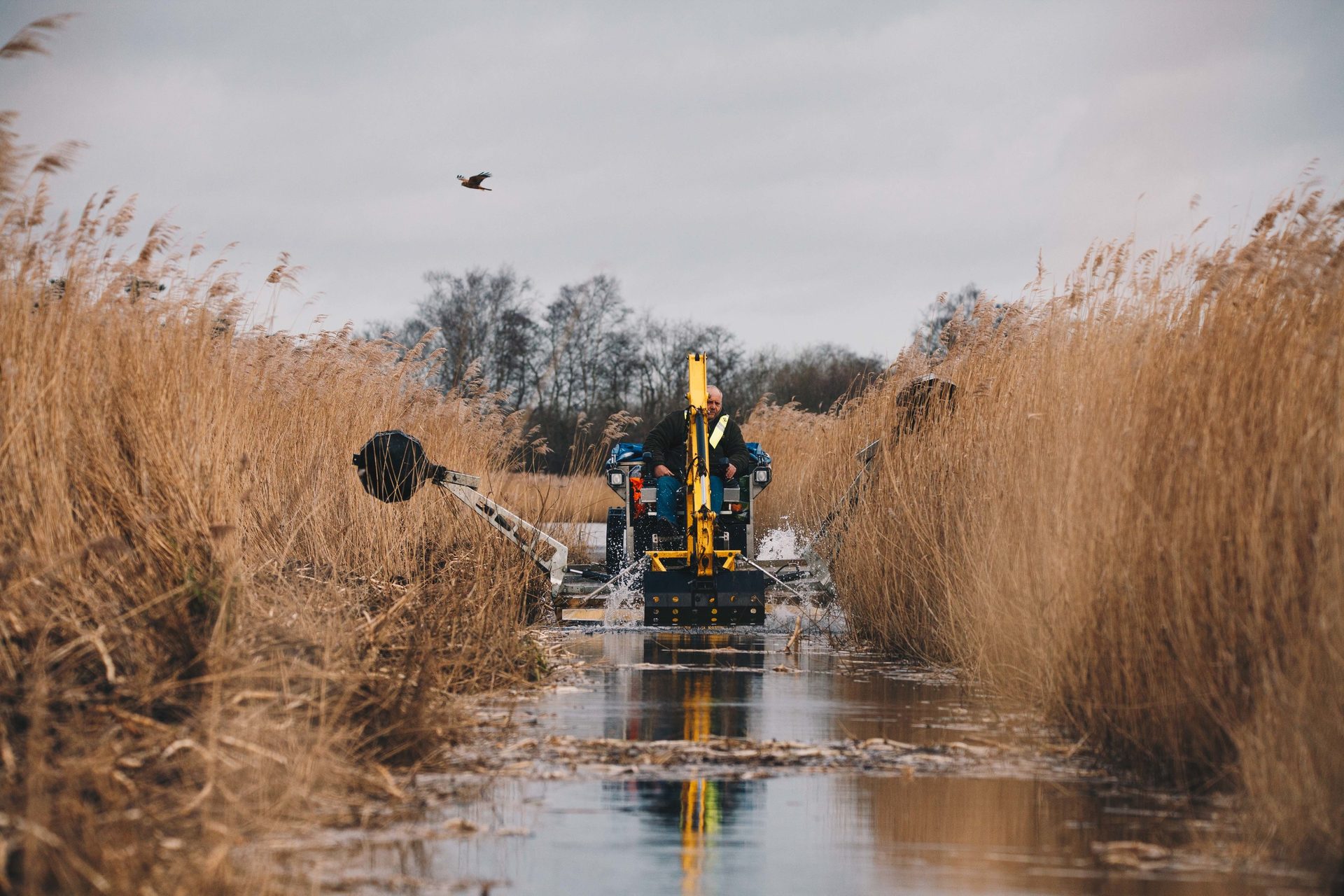
Truxor at Reedham Water © Broads Authority
The grant is being used to purchase specialist equipment to help manage the fens and waterways in the Broads for both biodiversity and navigation. Capital funding can be used to buy buildings, land or equipment but cannot be used for ongoing revenue costs.
Broads Authority, Head of Construction, Maintenance and Ecology, Dan Hoare said:
“While this is a one-off investment from Defra into Broads’ biodiversity and habitat improvements, the purchased equipment is also a huge boost for navigation works, such as dredging and water-plant management, our heritage restoration, and work to improve footpaths and Broads’ access. It will allow us to improve the efficiency of work programmes across the entire Broads system.”
Equipment being purchased includes:
- A Truxor T50 amphibious machine: like an aquatic tractor with water-plant cutting attachments, used to maintain ditches and dykes. The wetlands of the Broads require continual management, which includes clearing back reeds, to attract and support a quarter of the UK’s rarest wildlife that lives here, and to maintain conditions for rare plant communities to thrive. Wetland management presents many logistical challenges and so amphibious machines - which move across land and float upon water - are used to reach inaccessible areas that other machinery would struggle with.
- A small, motorised workboat: used to support projects on land and water, providing mobile staff-welfare facilities, fuel storage, transporting materials and dredged sediment.
- Three Whaly workboats and outboard engines: robust small workboats that enable staff to reach and work in remote locations.
- An 18-tonne long reach 360 Excavator and a 14-tonne excavator with extra wide tracks: both excavators will enable sediment/fen management and assist with dredging and habitat creation.
- An extra water-plant harvester: an additional vessel which will improve the efficiency of our water-plant management.
- A reciprocating mower, chainsaws and brushcutters: used for fen vegetation management, as well as riverside and moorings maintenance.
The Authority is also purchasing an area of fen habitat next to How Hill National Nature Reserve that it currently manages. This will safeguard the future management of this important habitat, containing rare plant species and communities, such as critically-endangered Crested Buckler-fern.
The grant will allow the Water Mills and Marshes: Broads Landscape Partnership to promote the special qualities of the Broads, attract more people who don’t usually visit and pay for new ‘Changing Places’ accessible toilets at Whitlingham Broad and Lowestoft Station.
For further details of the funding, see the Broads Authority Committee report.
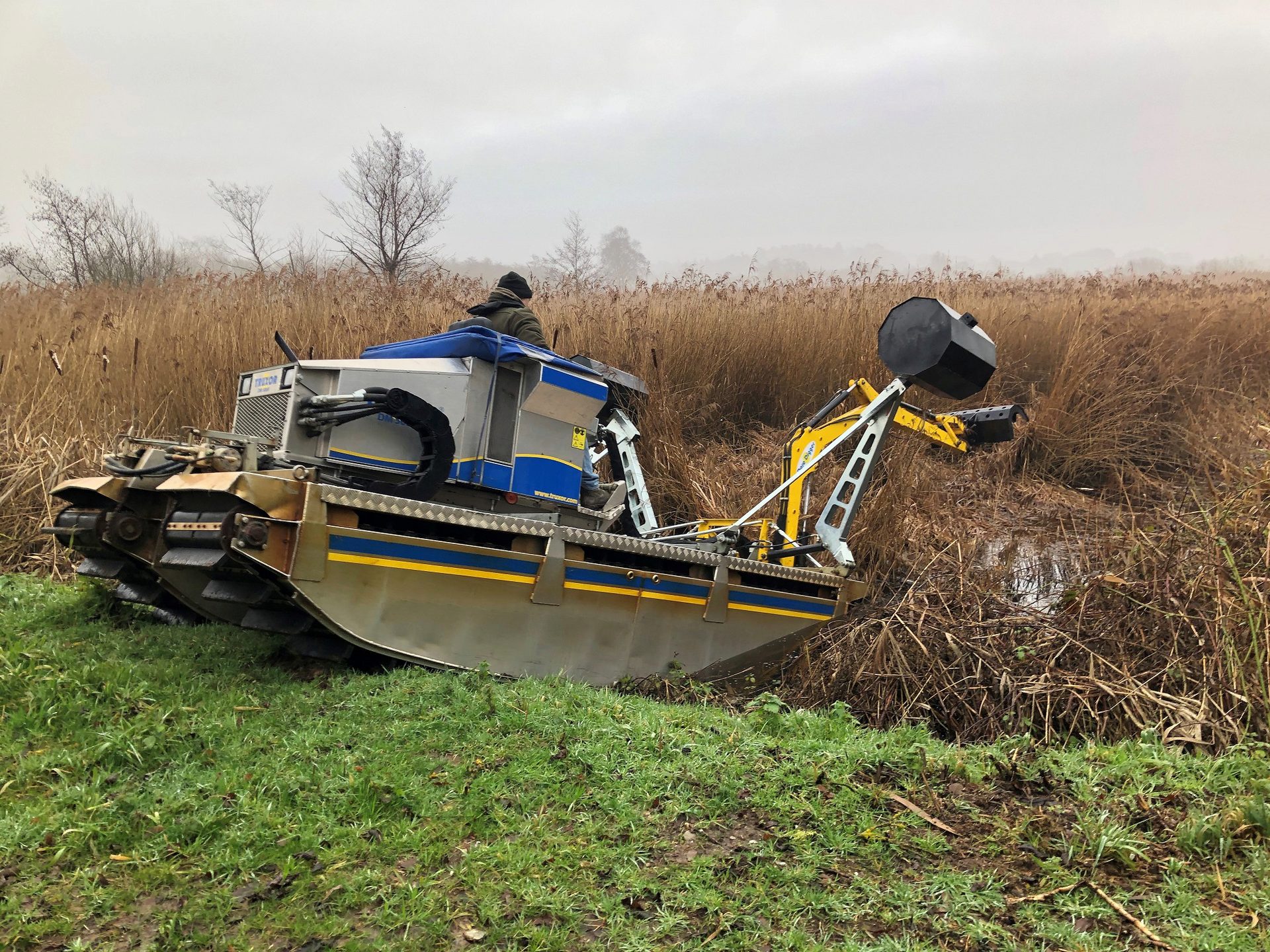
Truxor With Excavator Attachment With Stabilizers © Martin Dade
Footprints Conservation Volunteers
Chris Ryde, Countryside Officer for East Suffolk Norse
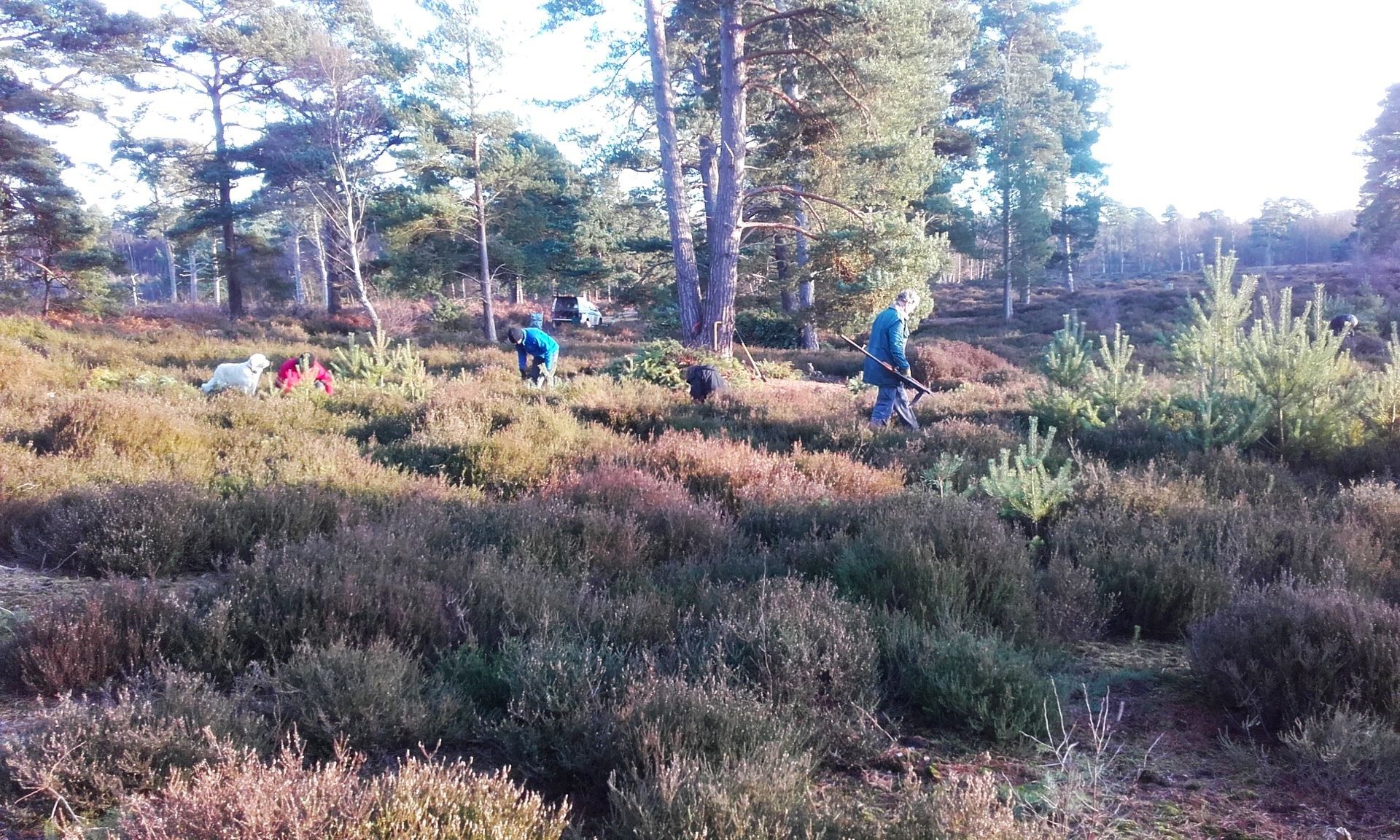
Clearing Pine and Birch on Upper Hollesley Heath
I have helped supervise the Footprints Conservation Volunteers since January 2012. Some volunteers from the group’s inception are still volunteering today on council-owned countryside sites.
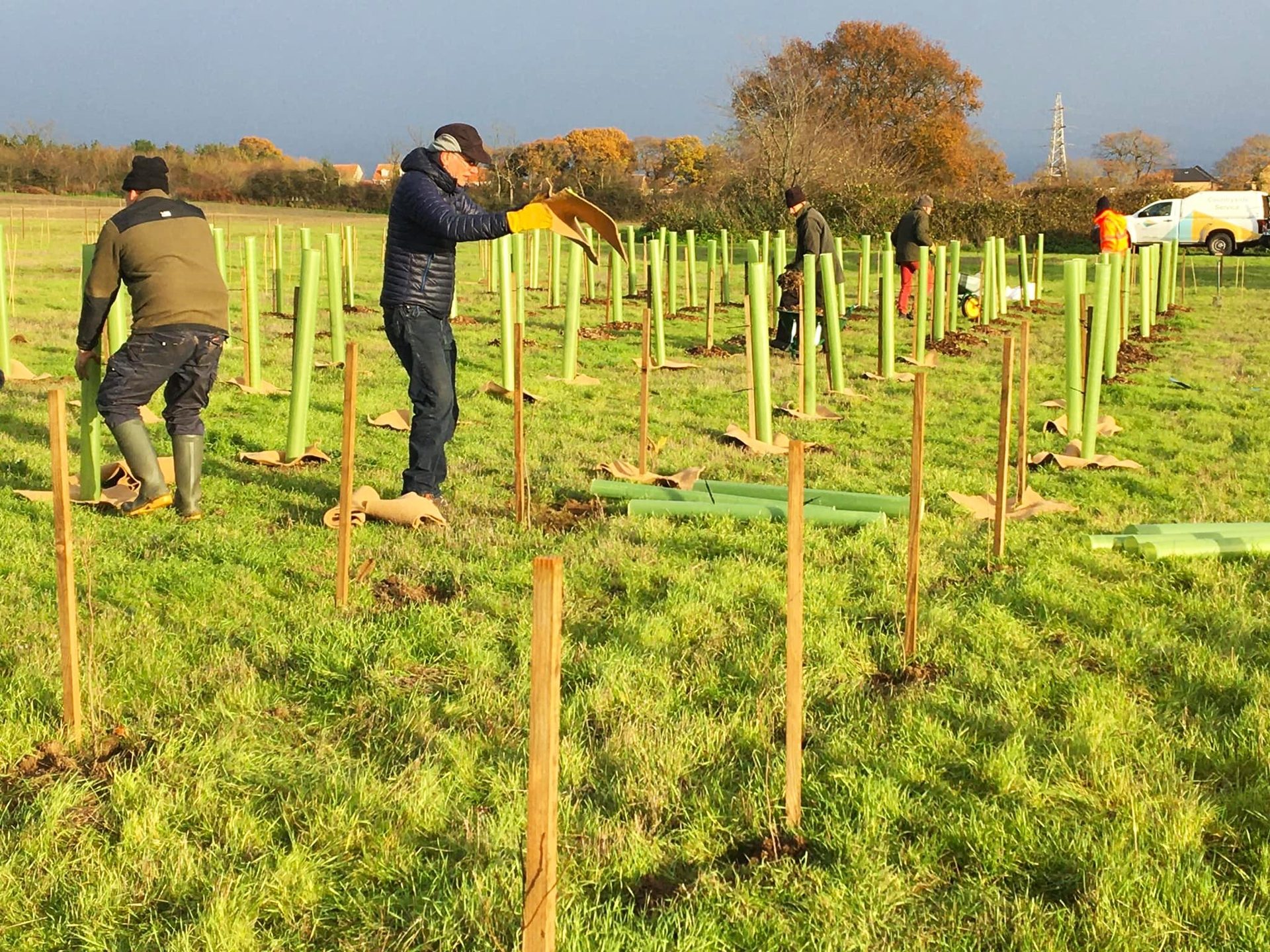
Volunteers tree planting
I have helped supervise the Footprints Conservation Volunteers since January 2012. Some volunteers from the group’s inception are still volunteering today on council-owned countryside sites.
They have planted hedges, cleared ponds, coppiced coupes within woodlands, installed steps and fencing, and built boardwalks, among other tasks. Still, perhaps they would agree that their most significant achievement has been the maintenance and restoration of Sutton and Hollesley’s heaths. Without their attention and hard work, the open areas of heathland on these designated Sites of Special Scientific Interest would be well on their way to woodland.
Meeting at 10am and often working through to 3pm with two breaks gives most volunteers all the physical exercise needed to keep in shape. Perhaps even more importantly, it provides an interesting social point in the week as predominantly retired members from different working backgrounds share experiences and knowledge.
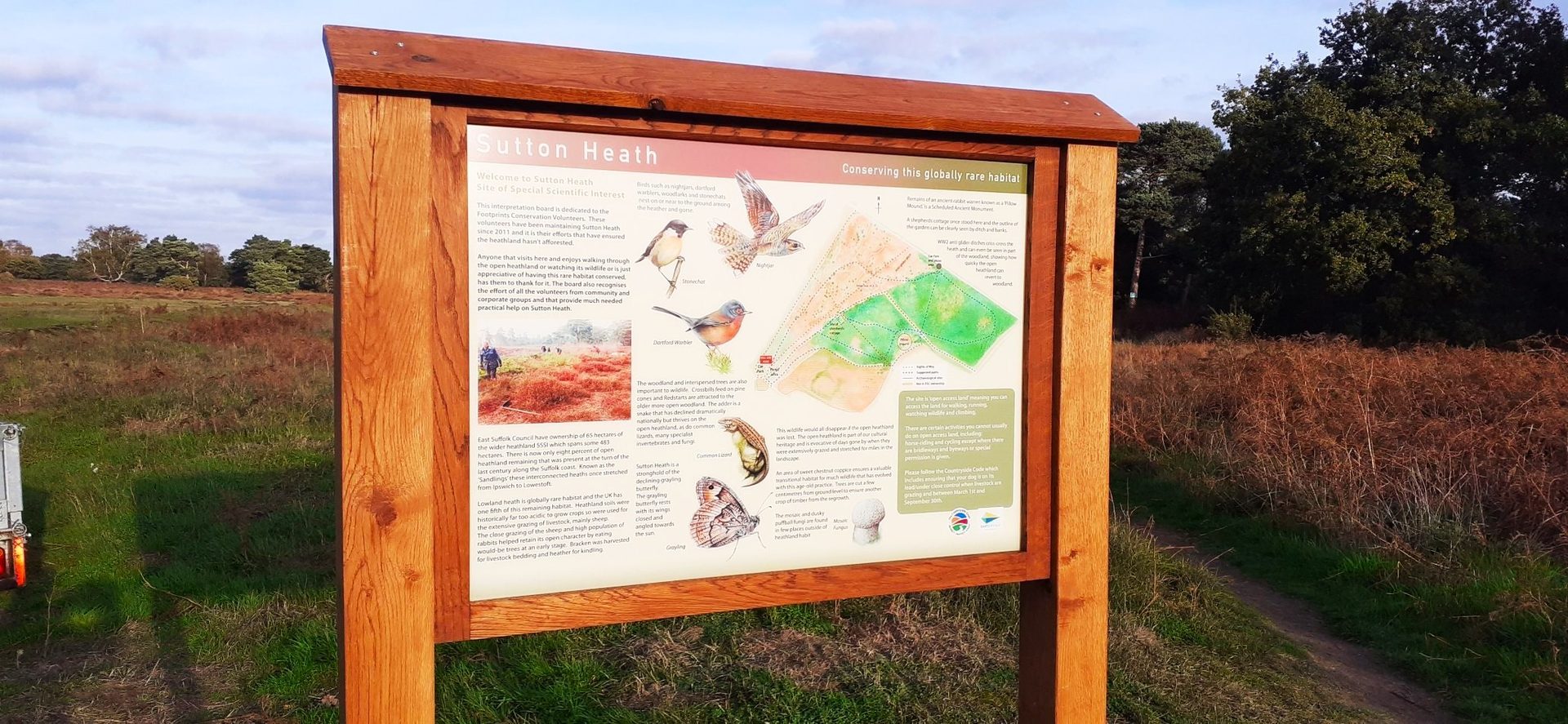
One of the new interpretation boards at Sutton Heath
To recognise the Footprints Volunteers especially, we have produced and dedicated two new interpretation boards for each site. The boards also recognise other community groups and companies, such as British Telecom’s volunteering contributions on the council-owned Sutton and Upper Hollesley heaths. These contributions and the personal donation of time and energy should never be underestimated. Without them, the conservation of this habitat wouldn’t happen. It should be mentioned that the benefits to the individual are high, and volunteering should always be enjoyable. The physical work keeps the body mobile and warm on a winter’s morning on the heath while removing unwanted pine and birch saplings. The social aspect while working, especially during tea breaks, is looked forward to by all, including myself.
A well deserved tea break
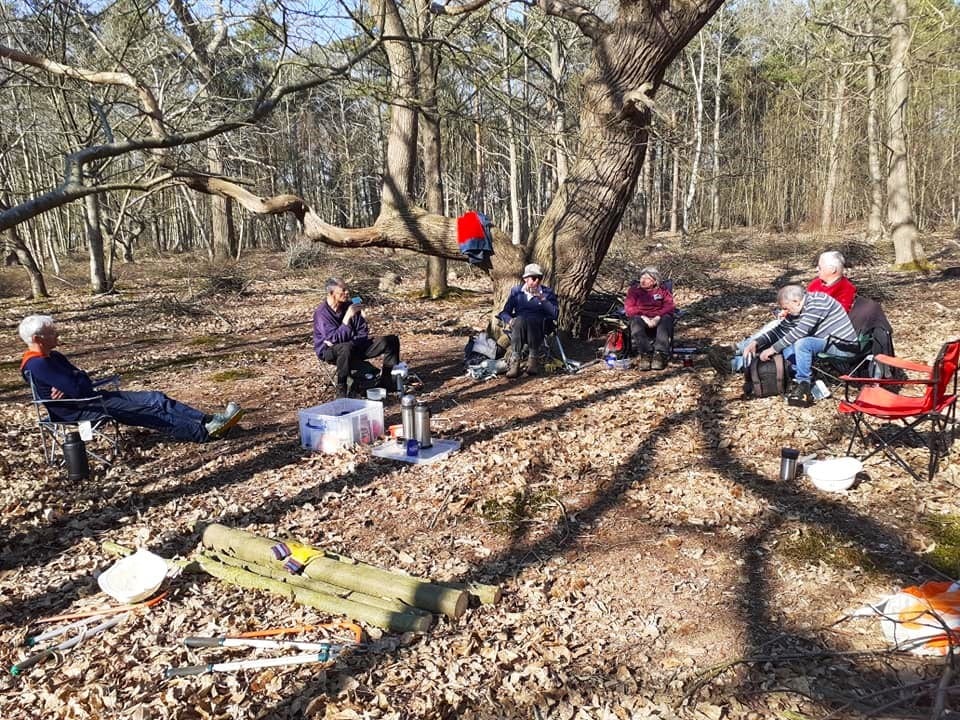
We have mere fragments of lowland heathland habitat left in the UK. The Suffolk coast is lucky to have a considerable chunk of this globally rare habitat. We must do all we can to conserve and restore lowland heathland in suitable places. Much work still needs to be done in raising awareness of this habitat as I still meet people walking on the heath on a summer’s evening that don’t know that they are listening to the strange churring sound of breeding nightjars.
We must also ensure that the Footprints volunteers carry on into the future. So, if you are freshly retired and looking for a way to keep active or between jobs or education, contact us. I will give you all the details to begin a relationship with a landscape and group that will be rewarding.
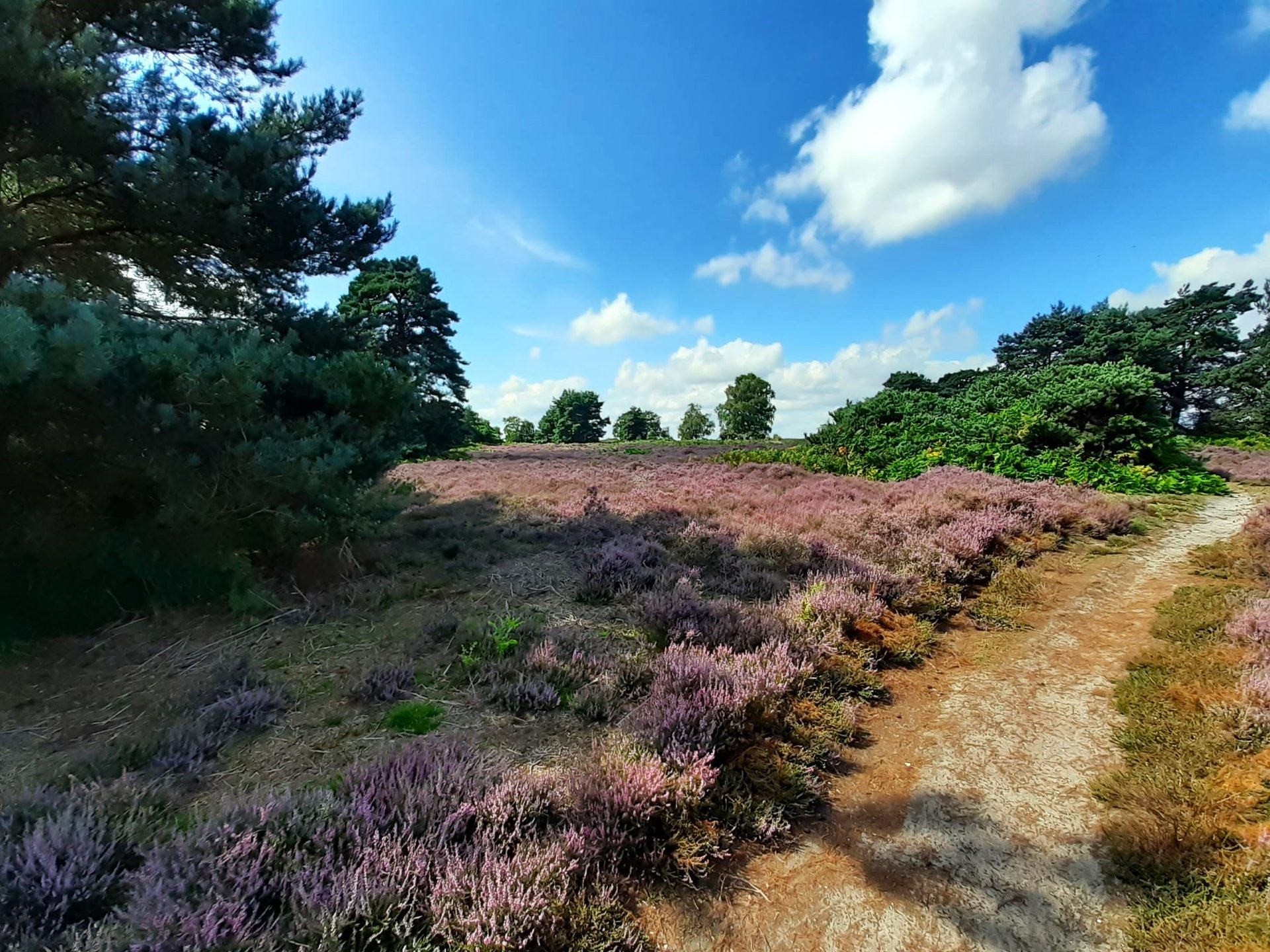
Heather at Sutton Heath
The waterways of the Broads provide an important habitat for a number of water plant species which provide refuge and sources of food for fish, birds and water invertebrates. However, plant growth in certain areas can severely impact upon the navigation and therefore needs to be managed.
The Authority has two plant cutting vessels, one in the Northern and one in the Southern rivers and prioritises cutting in the main rivers and marked channels throughout the Broads so they are clear and accessible to vessels.
Between April and October (the summer season when the plants grow) both plant cutters have an extremely busy schedule, work continuously and are out cutting every day. During warmer months plants are likely to grow more vigorously due to favourable temperatures and conditions, although after October they will die down naturally.
Cut areas
- River Bure – Horstead to Belaugh
- Ant – Tyler’s Cut to downstream of Wayford Bridge
- Upper Thurne – Hickling Broad marked channel, Waxham Cut, Meadow Dyke, West Somerton to Martham Ferry
- Wensum and Yare – Norwich city centre to Thorpe
- Waveney – Barsham Marshes to Beccles, Geldeston
Plant growth was extremely high in 2022 as a result of favourable weather and increasingly clear water conditions. The Broads Authority plant cutting team were very busy, spending 272 days cutting plants across the Broads system.
During the peak growing season, demands on the team were very high; cutting was needed in multiple locations across the system. A new water plant harvester arrives in the Broads this season, which will improve the team’s efficiency as vessels will be required to move less around the Broads.
The Broads Authority’s busy programme of water-plant management helps to maintain a balance between the requirements of boaters and the conservation of habitats for wildlife.
Managing plants under water
Laura Middleton, Broads Authority
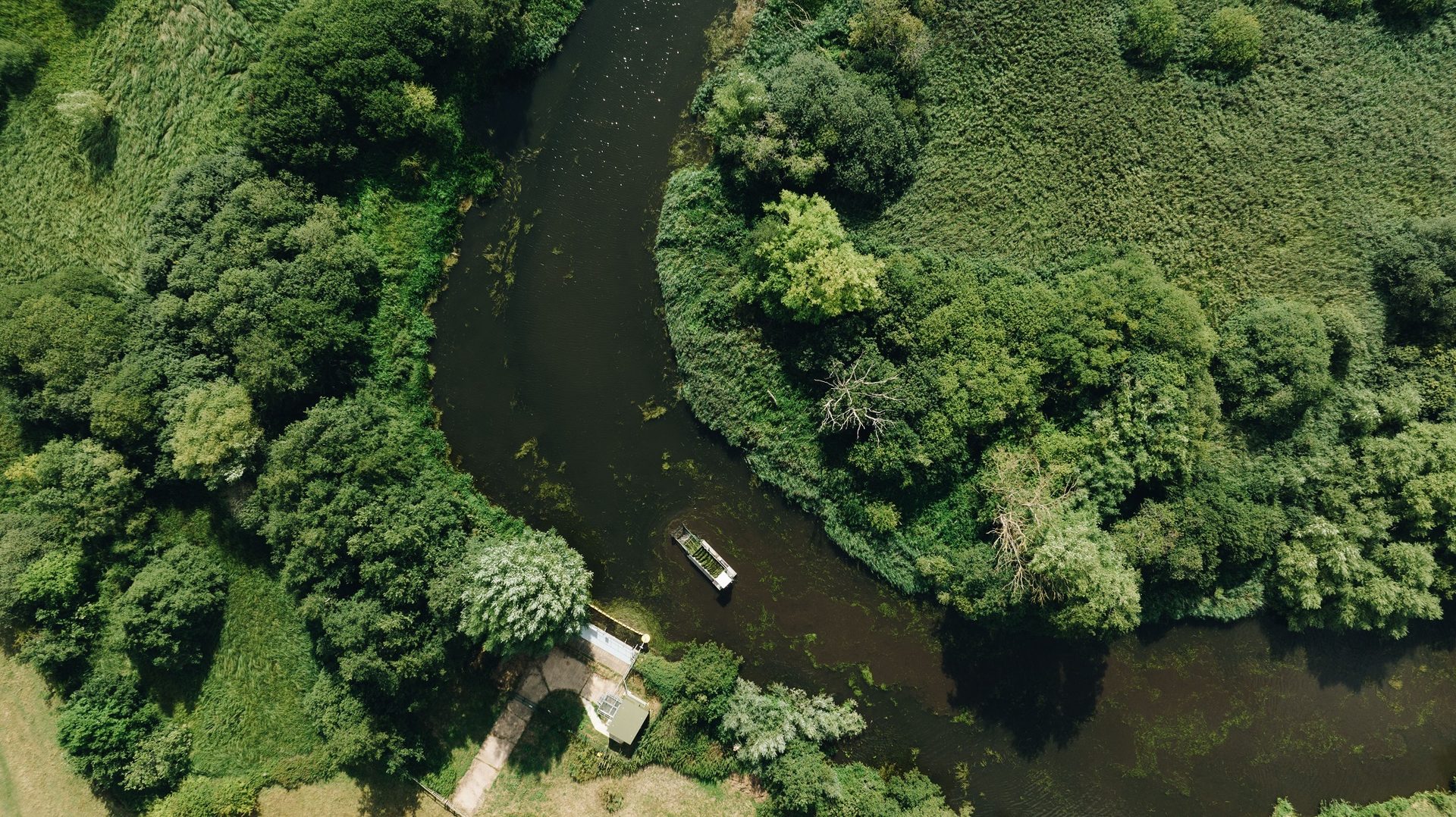
Plant cutting on the Broads © Broads Authority
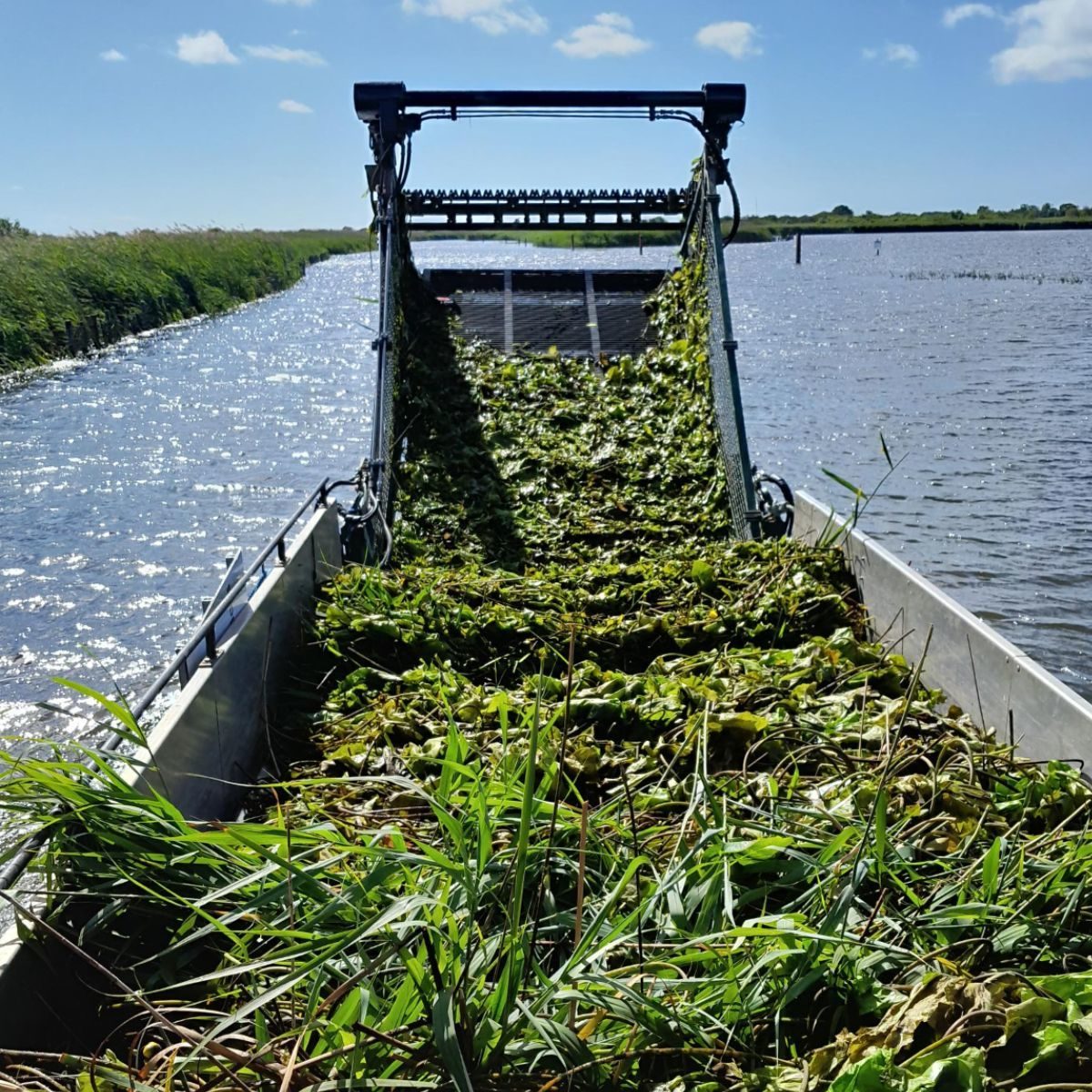
A water plant cutting vessel. Each vessel has a set of cutting knives attached to a conveyor belt, which cut the plants about a foot above the riverbed. The harvested plants are usually placed in low heaps on the bankside or taken to make compost. © Broads Authority
District Level Licensing
DLL is a new strategic approach to licensing for Great Crested Newts. Traditional mitigation licensing requires on site mitigation measures to be carried out. These can delay development as some measures can only be carried out at certain times of the year. DLL does not require on site mitigation; instead developers make a payment based on the impact of their development. This conservation payment is used to create compensatory habitat off-site, which is targeted to areas where it will most benefit GCN- making bigger, better and more joined up habitats.
- Benefits for people
- Simple to use
- Offers developers certainty in terms of costs and timescales
- Developments that have been through planning will not be held up by protracted post-planning licensing
- Greater flexibility in the layout and design of development land as mitigation for impacts on
- GCN and their habitats is not required on site
- Helps delivery of a green future
- Provides landowner opportunities to create/restore ponds
- As part of DLL, the largest ever survey of its type for GCN across England has been completed and the results are open to all
Benefits for Great Crested Newts
- Bolsters existing newt populations while improving range and connectivity
- Populations are more resilient to external pressures
- Ponds are maintained and monitored in the long term, helping us better understand population conservation science
The District Level Licensing (DLL) scheme for Great Crested Newts (GCN) in Norfolk & Suffolk was renewed for a further three years.
DLL scheme renewed
Natural England
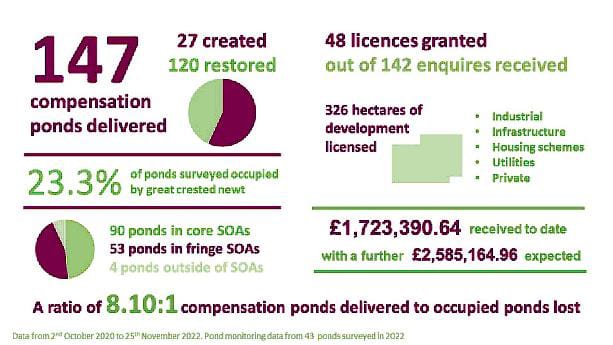
Headline stats from the scheme’s first two years of operation

Great Crested Newt © Trevor Goodfellow, Flickr
Whilst our staff have been encouraged to participate in this vital element of our work, the breeding season happens to coincide with our peak visitor season, which means that in the past, the task of monitoring these boxes fell to dedicated volunteers Roger Buxton, originator of the Thornham Owl Project, and his colleague, the ever-enthusiastic Kevin. But, unfortunately, Covid forced them to pause their efforts, and they have since decided they can no longer climb the ladders necessary to reach the boxes.
We’ve gathered a new team and are pleased that Jess and Jay have taken responsibility for the project. They are supported by Dr Hugh Hanmer from the British Trust for Ornithology and our Education Officer Susan, both experienced bird ringers.
Checking the boxes happens over the winter months, when the weather is calm and dry, so the disturbance is kept to a minimum should an owl be roosting. As the nest boxes had not been checked since 2019, assessing how many boxes were still present and their condition is essential.
The team have contacted land owners to confirm access and set about visiting our boxes. They are happy to report that occupancy is very high, with most boxes having evidence of use in recent months. In addition, some Owls were seen leaving the boxes as the team approached, which is a good sign that they might be used later in the season for breeding.
All of these checks are done with the appropriate licences and permits, as Barn Owl nests are protected by law. We hope to recruit landowners and local volunteers to help monitor the boxes during the breeding season so that the chicks can be ringed. If you are aware of some unmonitored Owl boxes locally, please get in touch with us via the website: www.owl-help.org.uk
Finally, we would like to thank all the donor organisations and individuals who have maintained their sponsorship of the S.O.S. Wild Owl Nest Box Scheme in preparation for the long-awaited regeneration of this worthwhile conservation project.
Suffolk Owl Sanctuary is based at Stonham Barns, near Stowmarket. It is open 7 days a week, 10am to 5pm. Over 80 captive bred Owls and Birds of Prey call the Sanctuary home and act as ambassadors to raise awareness of conservation efforts in the wild. The purpose-built Raptor Hospital helps sick, injured and orphaned wild Owls and Birds of Prey all year. To learn more or to pre-book admission, please call 03456 807 897/option 3 or visit www.owl-help.org.uk.
Here at Suffolk Owl Sanctuary, we have always been proud of our commitment to helping wild Owls and Kestrels by providing nest boxes across the local area. In 2008 we joined forces with the Thornham Owl Project, and our boxes increased to almost 300!
Nest box project relaunched
Susan Jones, Suffolk Owl Sanctuary

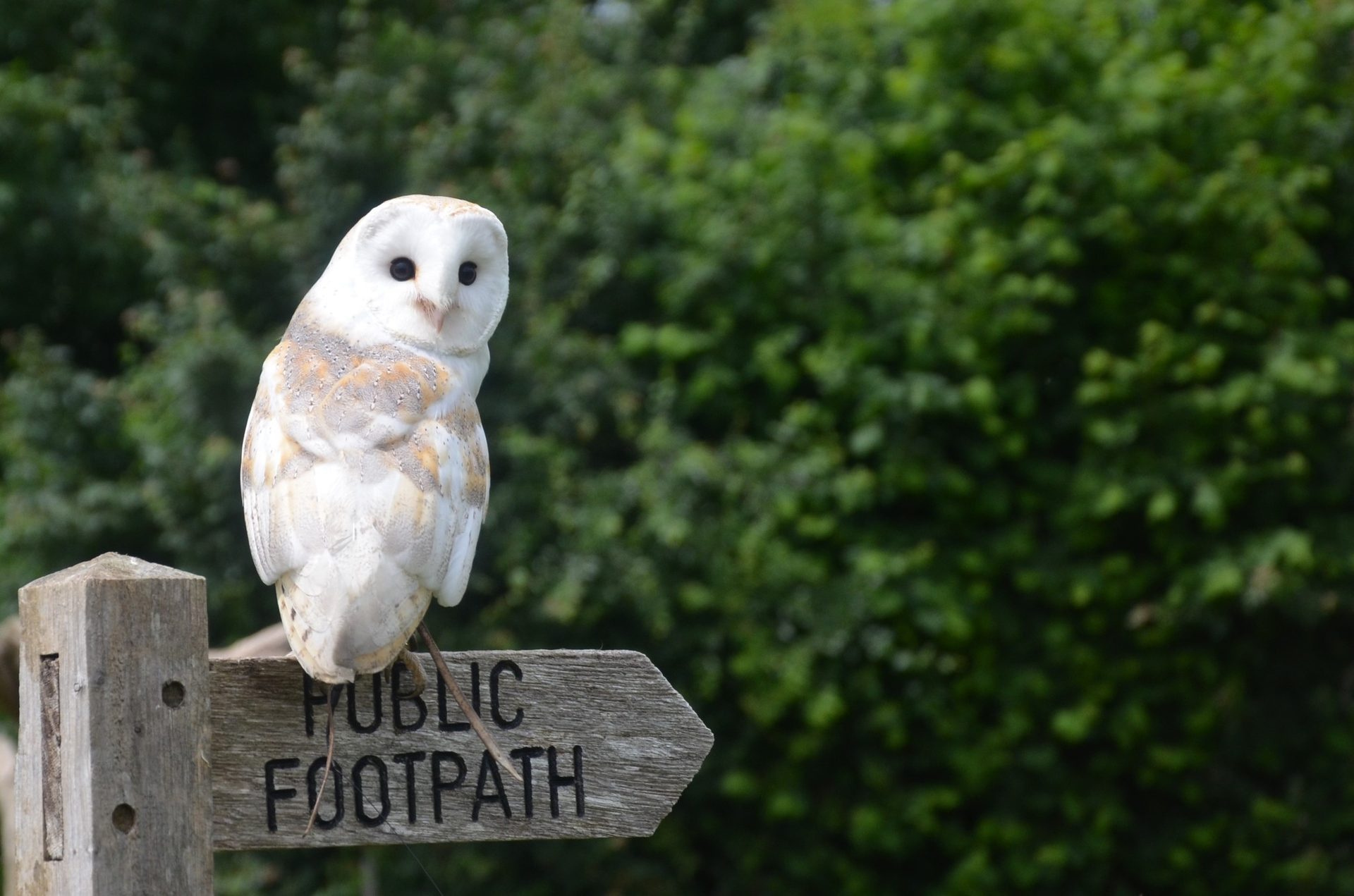
Ten pupils from Fairfield Infant and Colneis Junior School joined the East Suffolk Norse grounds and maintenance team to plant the final batch of 300 whips beside the public car park on Golf Road.
Along with 30 standard trees, the young seed-grown whips were planted to enhance the landscape and encourage natural regrowth for generations to come.
The planting programme follows a successful joint application to the Local Authority Treescapes Fund (LATF) by East Suffolk Council (ESC) and Suffolk County Council, along with other districts and boroughs, through the Forestry Commission, and will see 7,526 trees planted across the county. As well as the planting, the LATF funding of £138,219 will cover three years of maintenance.
In Felixstowe, staff from ESC’s grounds and countryside maintenance partners, East Suffolk Norse, focused on planting in spaces between the mature maple trees to the front of the car park – expanding the woodland to the northeast, with a temporary chestnut panel fence installed to protect the new whips.
Following a talk by the Countryside Officer Chris Ryde, the local schoolchildren got stuck in digging, planting, staking and mulching for the final whips.
Last year, the same children submitted a video to the Council in response to a planning application to remove several trees (the application was later rejected). However, after a preliminary ecology report undertaken by the Suffolk Wildlife Trust suggested that the site’s biodiversity could be improved, it was considered an excellent project to put the LATF funding towards.
The new trees are a variety of species, mainly bearing fruits and berries edible to wildlife, and will be regularly watered and surveyed to monitor improvements in biodiversity. The standard trees have been used to fill in gaps in the avenues and throughout the woodland, whereas the whips will provide cover and support for wildlife. A temporary fence has been erected to protect the new planting from the northern side until the planting is more established.
The project will also serve as a pilot project for developing a more comprehensive Tree Strategy for East Suffolk Council.

An enthusiastic group of schoolchildren pitched in to help plant the last crop of hundreds of trees in Felixstowe as part of a biodiversity-boosting initiative.
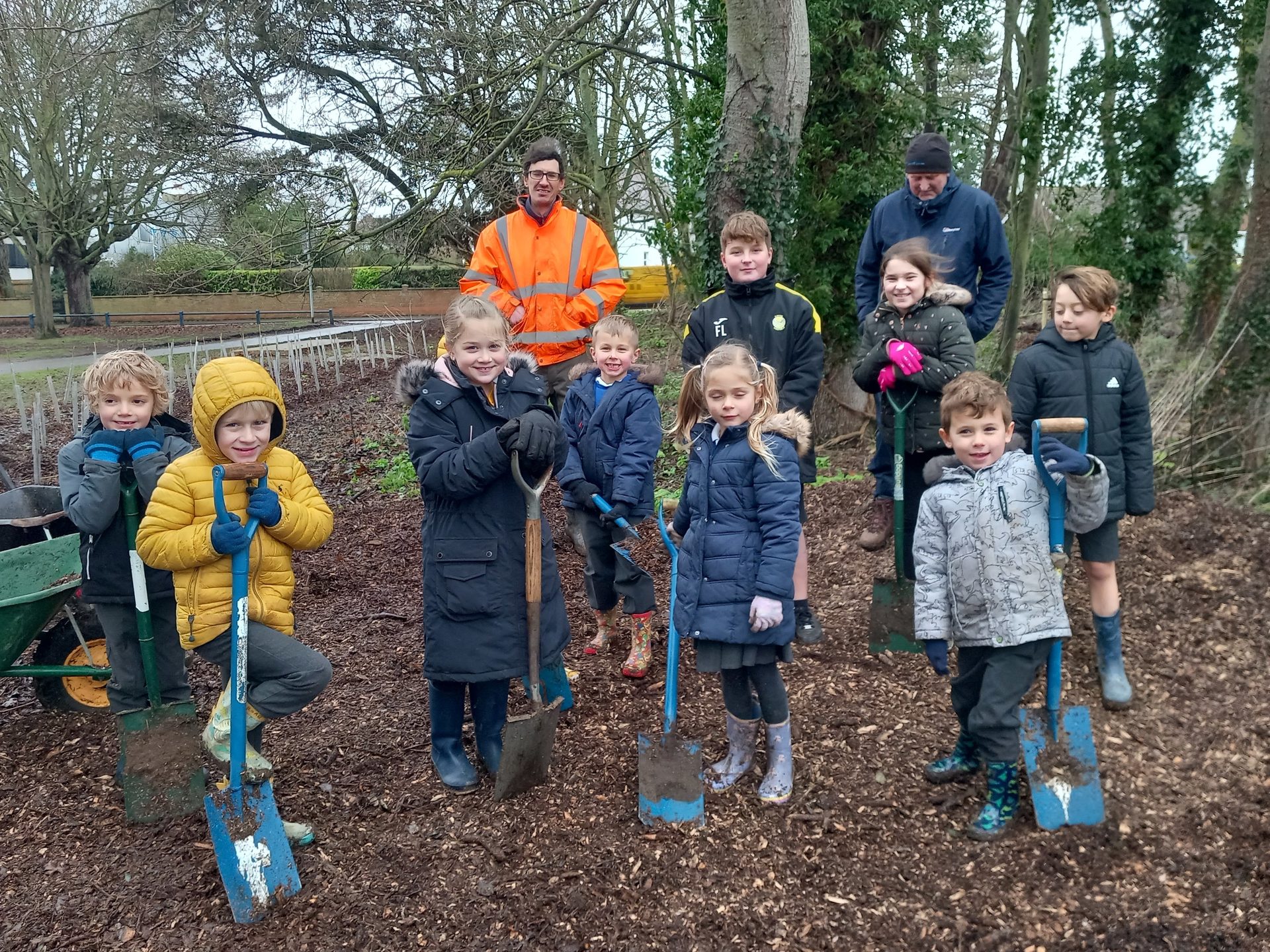
Planting trees in Felixstowe
Chris Ryde, Countryside Officer for East Suffolk Norse
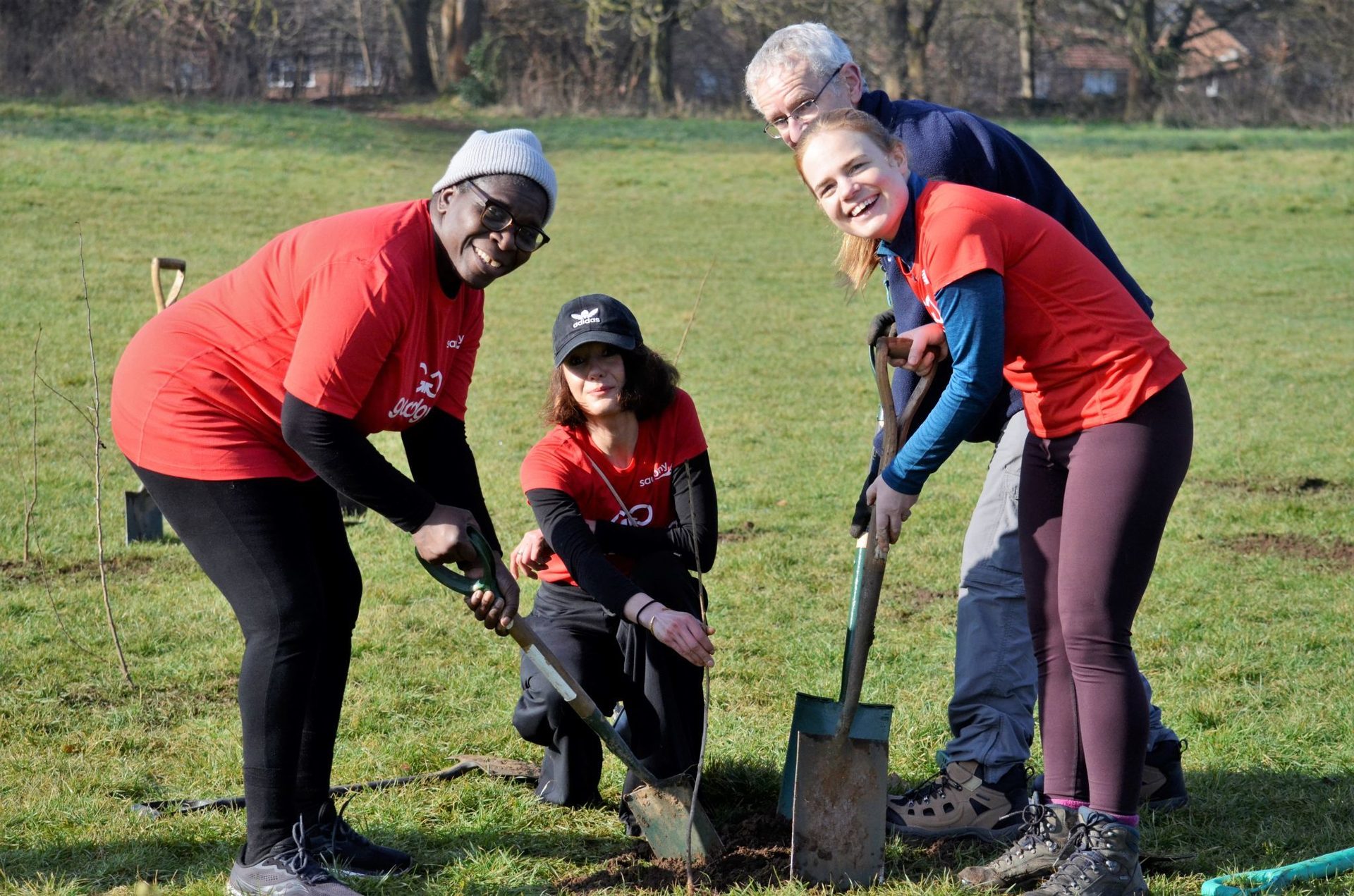
- Monday: we planted a new heart-shaped community orchard with six local variety fruit trees.
- Tuesday: as part of Ipswich Loves Trees Day, a traditional woodland of 520 small native trees – Cherry, Goat Willow, Oak, and Rowan – was planted in Gippeswyk Park to celebrate Her Majesty Queen Elizabeth’s life.
- Wednesday & Thursday: 70 trees, consisting of Wild Cherry, Lime, Horse Chestnut, disease-resistant Elm, Oak, Walnut, Copper Beech, and Rowan trees, were planted as part of a new avenue at Murray Park.
- Friday: two more trees were planted at Alexandra Park to round off Ipswich Loves Trees Week!
I am immensely proud of our new Tree Warden Network, which did incredibly well, using their training to plant fruit trees, whips and standards. They also taught others how to plant trees, talked to the public about their roles and the value of trees and made everything run smoothly.
The highlight of the week had to be Tuesday when we were joined by Trees for Cities, The Good Gym, The Queen’s Green Canopy, Associated British Ports and around fifty volunteers of all ages at our biggest tree planting event yet. It was great to have so many people showing their love for trees!
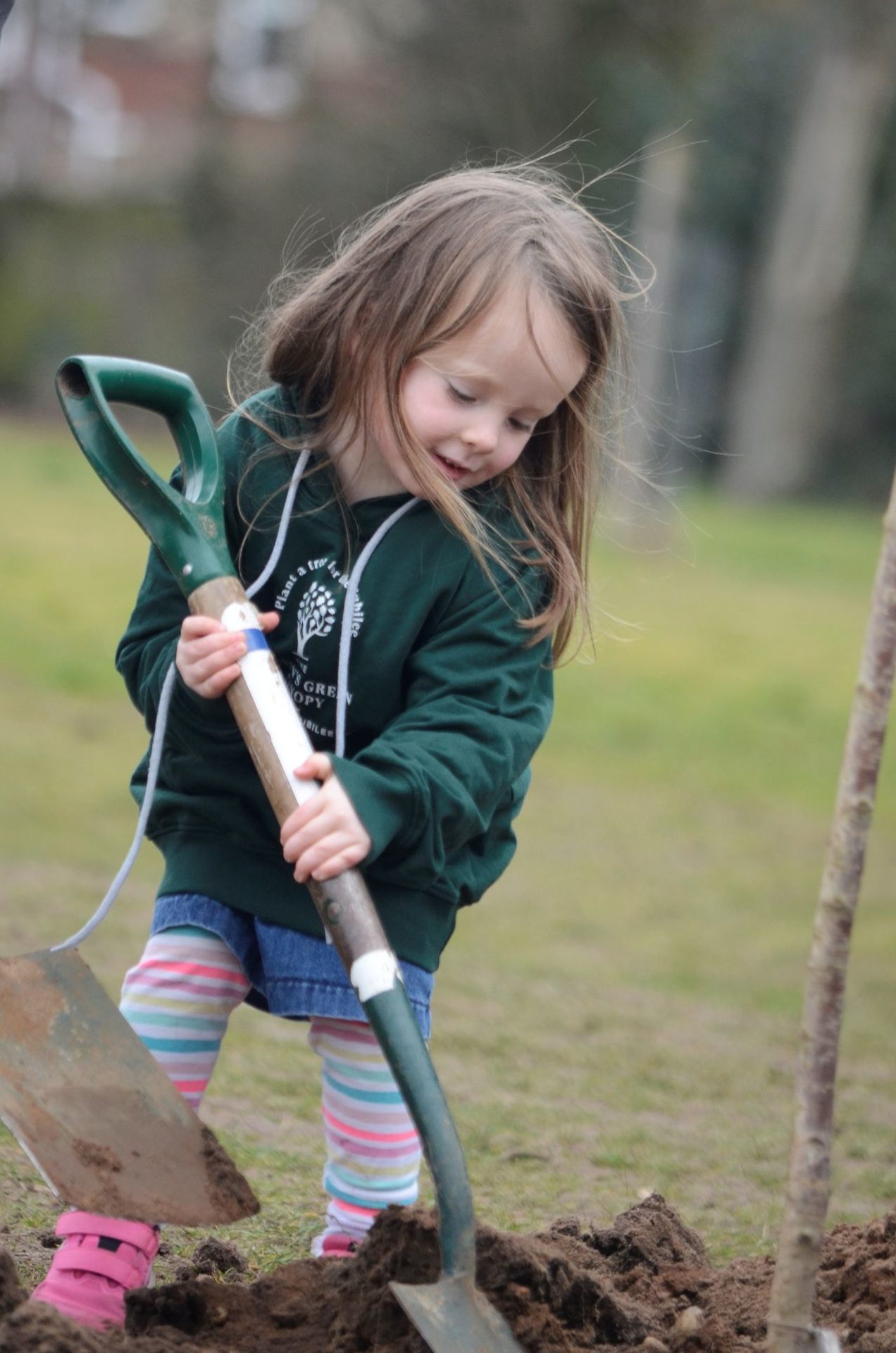
In February, we celebrated our second Ipswich Loves Trees Week and what a week it was!
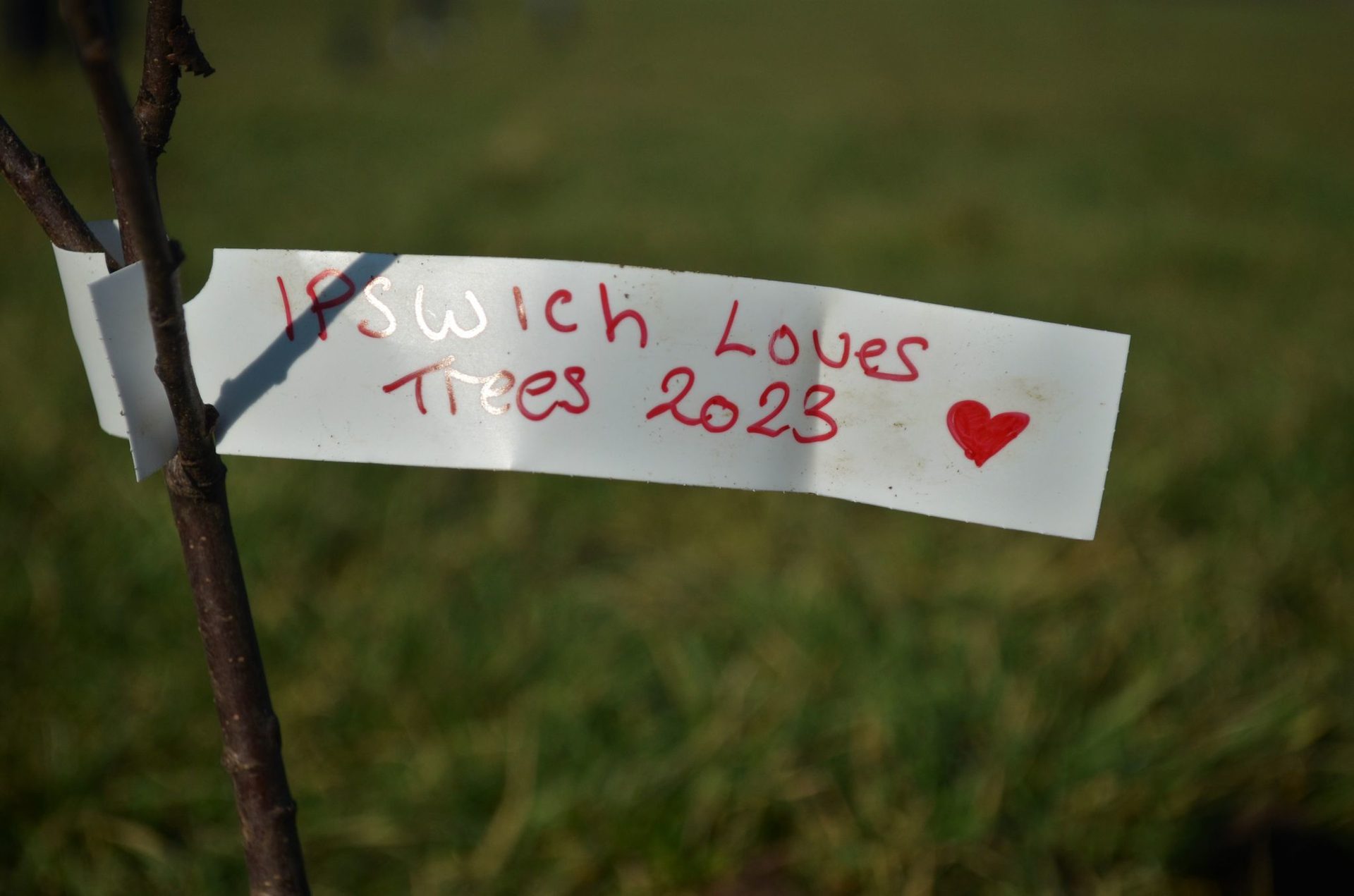
Ipswich Loves Trees!
Sarah Kilshaw, Ipswich Tree Warden Network
Preventing Plastic Pollution
Jess Duckenfield, Essex and Suffolk Rivers Trust
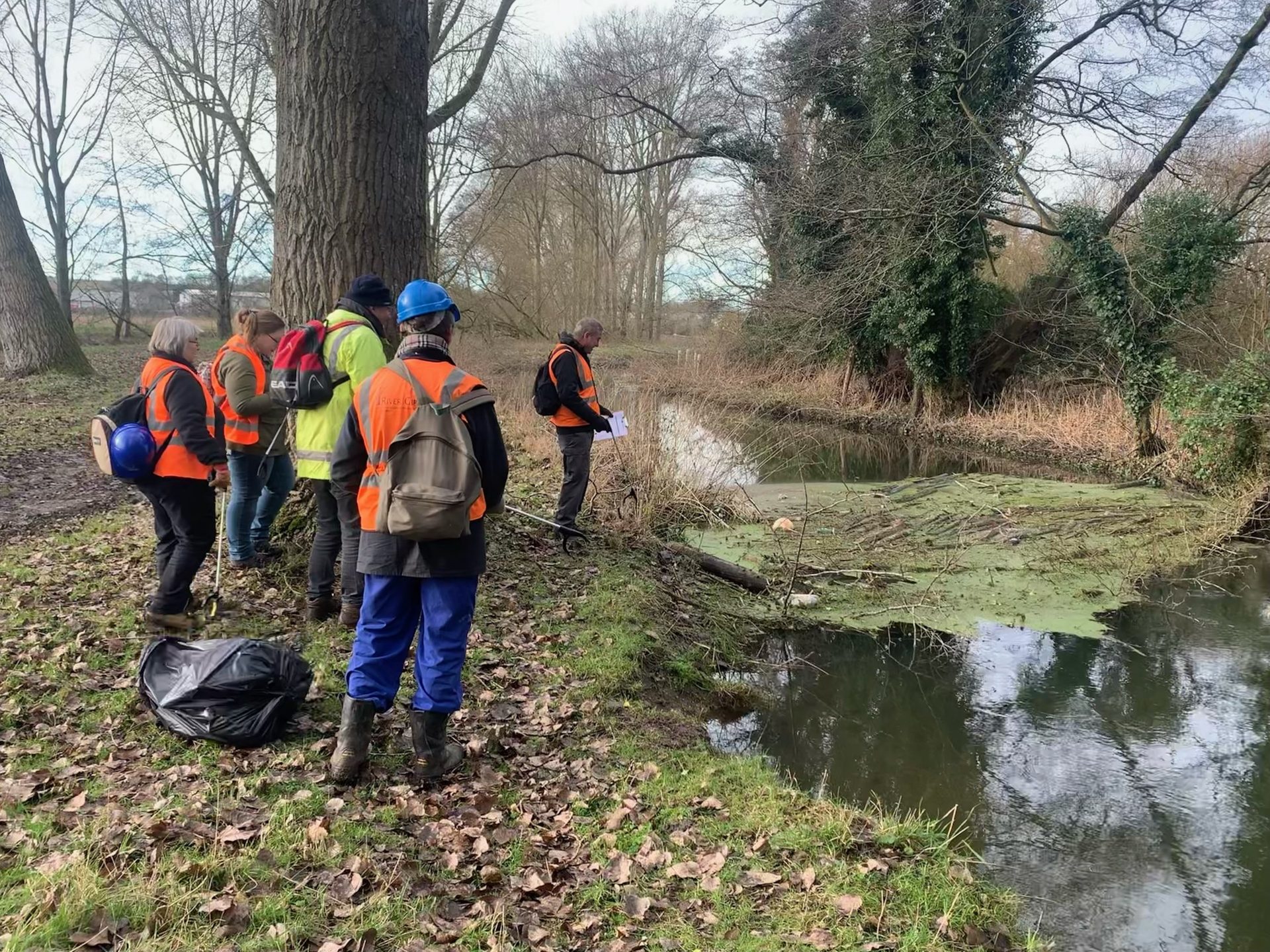
Essex and Suffolk Rivers Trust (ESRT) have been working with local interest groups, including the River Gipping Trust and River Deben Association, to tackle litter in Suffolk as part of the Interreg Preventing Plastic Pollution project. This is a cross-border citizen science project involving partners in France and the UK that aims to tackle plastic pollution from source to sea.

ESRT has run several clean-up events on the Deben Estuary and the River Gipping. With help from volunteers, we have collected and identified plastics using the Preventing Plastic Pollution survey methodology and contributed our results to the growing PPP database. As a result, we’ve removed 29 bags of litter weighing a total of 84.1kg! However, that doesn’t include larger items, including tyres, chairs, mechanical parts and even a portable camping stove!
As much as 80% of marine plastics come from rivers. However, data collection has typically focused on beaches over the past few decades. The intention behind conducting these litter-picking surveys along rivers, using a standard methodology, is to collect data to empower citizen scientists to contribute to a shared open-access database that is user-friendly and accessible but also reliable and comparable to other existing databases.
The PPP database will allow everyone involved to better understand the potential sources and pathways of the plastics entering the local environment. In addition, the data will help inform local government, industries, and the broader community on the most appropriate measures to reduce waste plastic and stop it from entering local rivers and reaching the marine environment. ESRT, along with our catchment partners and all of our fantastic volunteers, want to see healthy, plastic-free rivers fit for people and wildlife to enjoy.
You can learn more about the project on our website www.essexsuffolkriverstrust.org/preventingplasticpollution
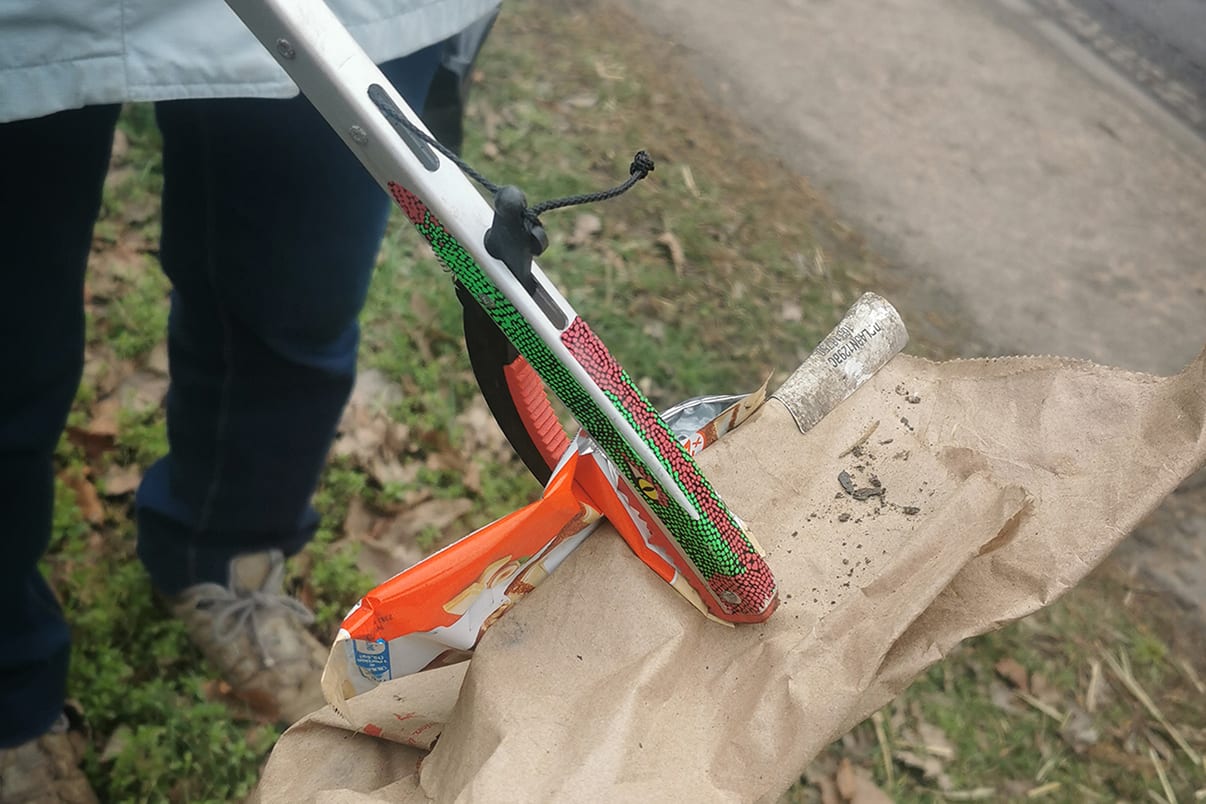
Impact of plastic on our beaches
Tom Fairbrother, Coast & Heaths AONB
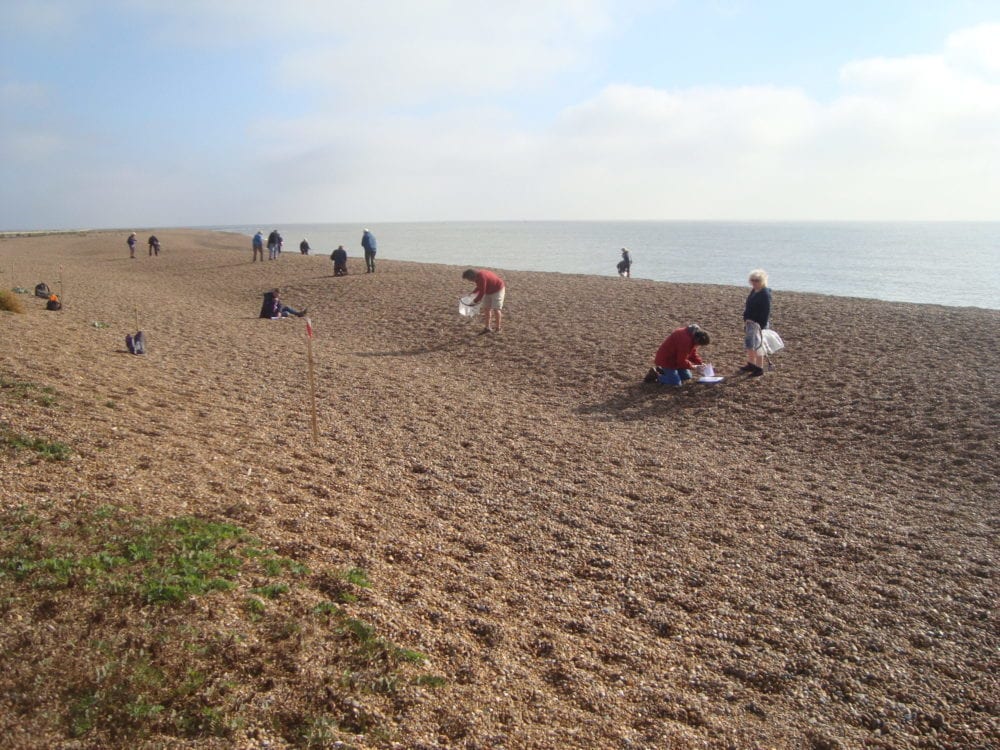
Beach clean at Shingle Street
The results of surveys carried out on some of Suffolk’s iconic beaches and estuaries by volunteers during 2022 show that more than 7,000 items of litter were found, weighing in at 117kg, with the vast majority being made of plastic.
More than 5,000 items of plastic were identified by Coast & Heaths Area of Outstanding Natural Beauty (AONB) volunteers as part of the Marine Conservation Society’s Beachwatch scheme.
This data was captured with the help of volunteers, who play a vital role in conserving and enhancing the Coast & Heaths Area of Outstanding Natural Beauty. 26 surveys took place across 2022, with more than 350 volunteers taking part in Beachwatch surveys at several locations, including Shingle Street, Bawdsey and RSPB Havergate Island.
Not only does litter spoil the scenery, but it is also hazardous for people and wildlife. Animals such as whales, turtles, fish, and seabirds frequently become entangled in marine litter, and many sadly die as a result.
Most Beachwatch events that took place were in September for the Great British Beach Clean. At each beach clean event, volunteers work alone or in pairs and record all the items of rubbish they find in a 100-metre stretch of beach.
The information is then sent to MCS, which analyse the data, act against the worst marine pollution offenders and lobby for changes in legislation, such as the introduction of the plastic bag levy in England in 2015.
Top 10 litter items
8 out of the top 10 included plastic:
- Plastic/Polystyrene: Plastic/polystyrene pieces 2.5-50cm
- Plastic/Polystyrene: Packets (crisp, sweet, lolly (inc sticks), sandwich)
- Plastic/Polystyrene: Cigarette stubs
- Plastic/Polystyrene: String/cord (thickness 0-1cm)
- Plastic/Polystyrene: Caps/lids
- Plastic/Polystyrene: Fishing line (angling)
- Other glass items (total)
- Other paper/cardboard items (total)
- Plastic/Polystyrene: Cups
- Plastic/Polystyrene: Fishing net and net pieces 0-50cm
You can learn more about Beachwatch and how to volunteer in the Coast & Heaths Area of Outstanding Natural Beauty by visiting suffolkcoastandheaths.org.
For more information, please get in touch with Neil Lister, Countryside Projects Officer, on 01394 445225 or [email protected].
Loving Nature on Valentine’s Day
Caroline Markham, GeoSuffolk
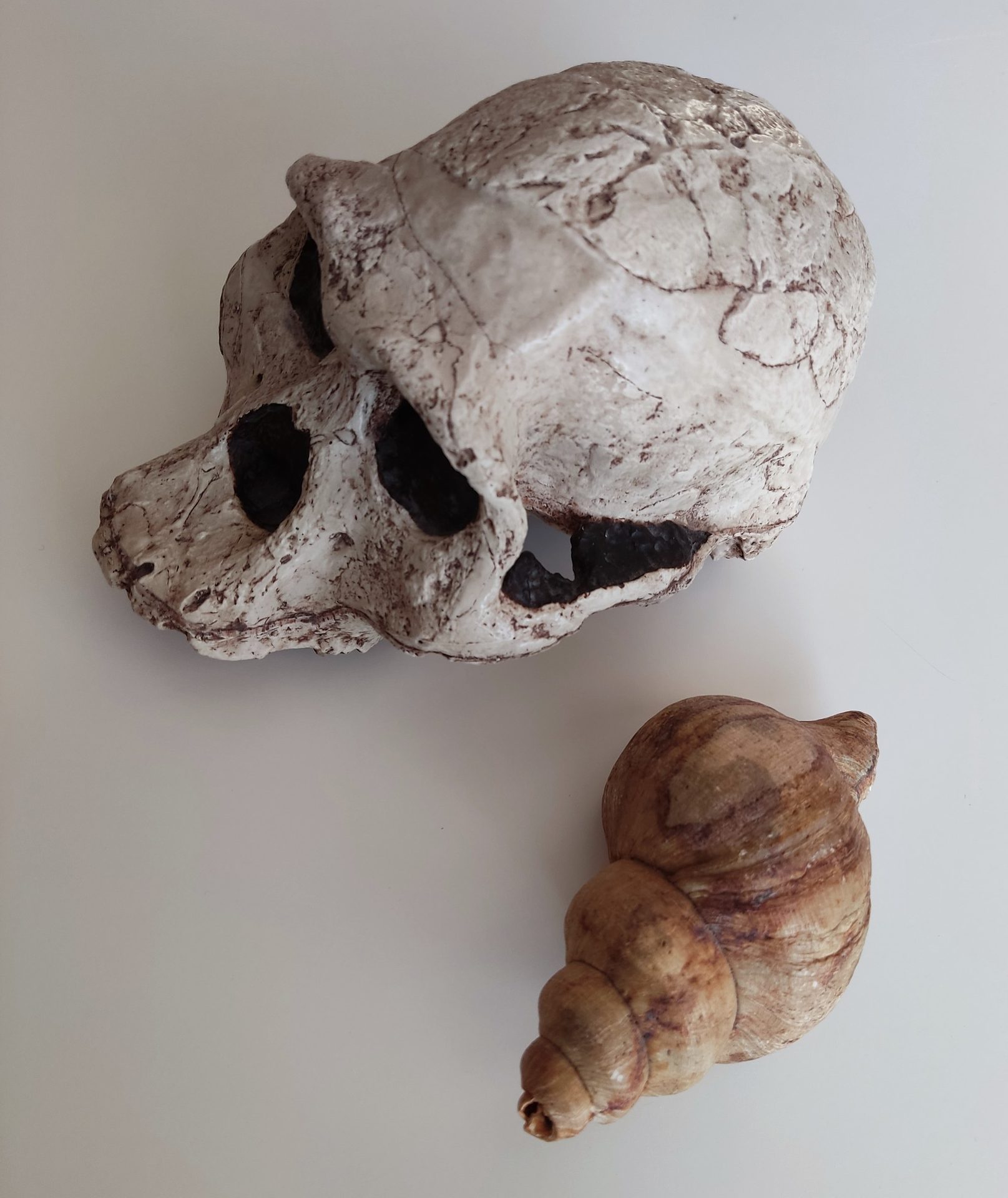
2.7 million-year-old fossil mollusc Neptunea ‘contraria’ and a replica skull of Australopithecus
On February 14th, the Ipswich Museum ‘Love Nature’ event saw the entrance hall and Wolsey Gallery at Christchurch Mansion invaded by stands run by various local environmental groups.
In line with the thinking of naturalists such as Richard Mabey, the Museum brought ‘nature’ into Ipswich, to the people, whose enthusiasm was evidenced in the footfall of 600+ visitors that day.
For GeoSuffolk, the location of our stand in the Wolsey Gallery amid the artwork of the ‘Landscape Rebels’ exhibition was a real bonus, we enjoyed being ‘landscape rebels’ for the day, rubbing shoulders with the likes of Constable, Turner and Monet. (The latter’s ‘Flood Waters’, a study of the River Epte in France in the 19th century, is definitely worth seeing.)
Our aim for the day was to show (a small selection of) biodiversity through time using a display of fossils ranging in age from a 2¼ billion-year-old stromatolite from Bolivia (these ancient blue-green algae gave the earth its oxygen-rich atmosphere) through the aeons to the present day. One of the youngest fossils on display was the 2.7 million-year-old fossil mollusc Neptunea ‘contraria’ (the left-handed whelk) from our Suffolk Red Crag. We also had a replica skull of Australopithecus from Sterkfontein in South Africa. This early near-human lived in Africa while the Red Crag was deposited in the seas here (shown above).
Visitors enjoyed handling many of these ancient animals, the Stegodon tooth from Java being especially popular. Stegodons are ancient relatives of elephants which lived in Asia between ¼ and 3 million years ago. Some visitors brought their own finds for us to see, including part of quite a large ammonite found at Hintlesham. This late Jurassic fossil found its way to Suffolk during the Ice Age, brought here by the ice sheet. This extinct octopus/squid family member lived in the oceans north of here about 140 million years ago and came here only about 440,000 years ago, a true time-traveller.
Into the Wild
Suffolk Naturalists' Society webinar
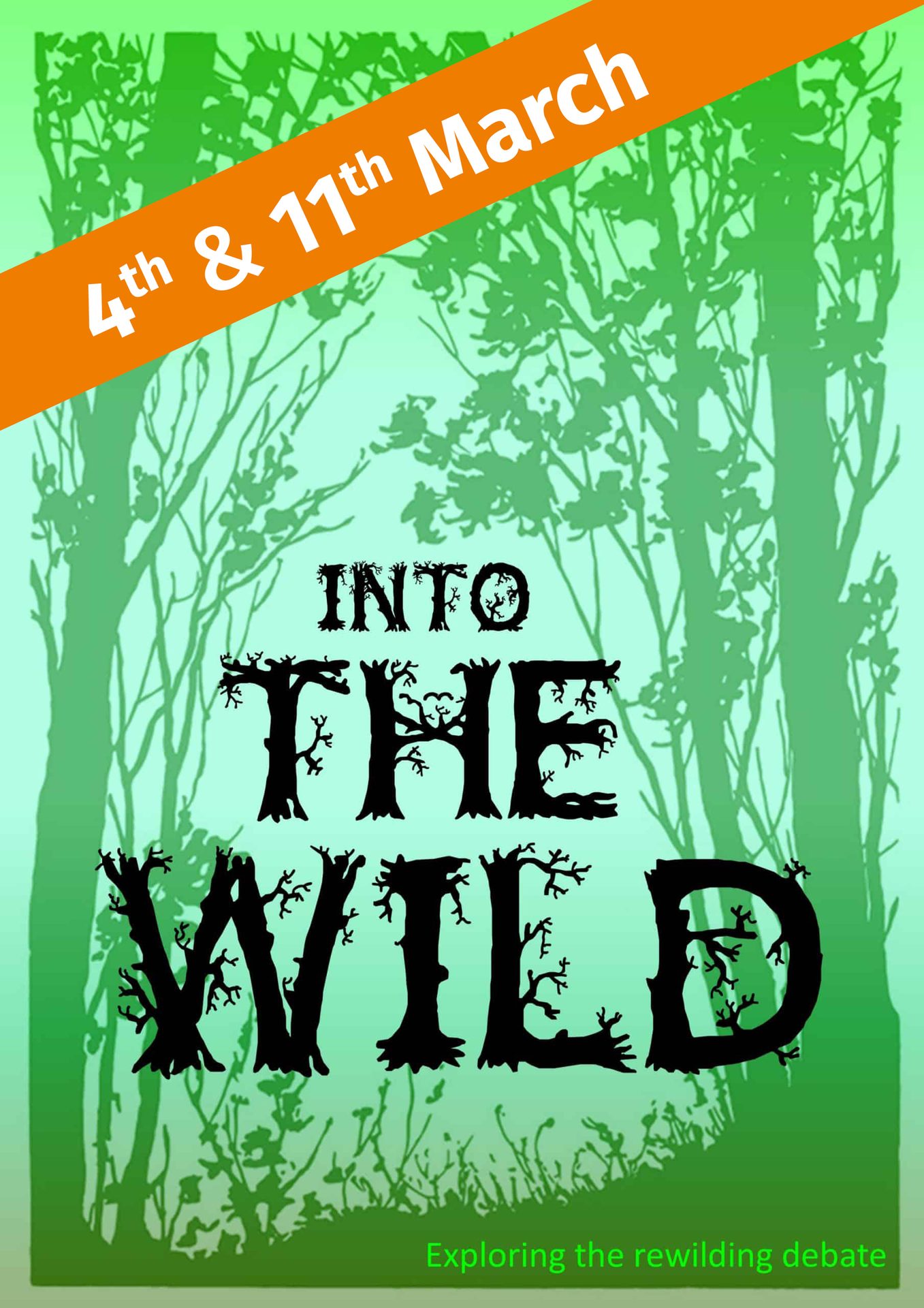
In a relatively short space of time, the concept of letting nature take back control (rewilding or wilding) has captured the imagination of not only conservationists but also landowners, policymakers and the general public.
This online conference will explore the many and sometimes controversial approaches to letting natural processes take the lead. Is Rewilding the best solution to the catastrophic loss of biodiversity and the enormous challenges of climate change to the natural world?
Programme and Speakers
Prof Driver has been at the forefront of the rewilding movement since it hit the headlines over 6 years ago and is a significant influence on rewilding policy and practice in his capacity as Director of Rewilding Britain. In this presentation, he busts a few myths about rewilding, provides an update on the latest rewilding initiatives in Britain and explains the pros and cons of reintroducing various species. He also illustrates, using images of pioneering projects he has been involved with and compelling data he has collected, how rewilding can genuinely benefit the economy and society as a whole.
Reversion of arable farmland to grassland and scrub habitats on Black Bourn Valley nature reserve in Suffolk through non-intervention allowed succession to occur largely unmanaged. Fields in the early stages of rewilding (4–14 years) are found at Black Bourn Valley. At the same time, pond creation has been extensive since 2010, creating water edge habitat and heterogeneity to the re-establishing grassland. Monitoring of Orthoptera (good indicators of habitat heterogeneity and essential in the food chain) with Dorothy Casey revealed that species diversity/richness and several grasshopper/groundhopper species were in higher abundance in fields ≥8 years since arable cropping ceased compared to those 4 years post reversion. Fields ≥8 years old were probably favourable due to the presence of microhabitats for basking and egg-laying orthopterans that included ant hills, sparsely vegetated pond edge and open swards with an abundance of fine-leaved grasses (bents and fescues) and a low abundance of leaf litter. Lagomorph grazing by brown hares and rabbits was critical in maintaining exposed soil for Orthoptera in the older fields. At the same time, deer paths appeared to create microhabitats that may be utilised by Orthoptera.
With his book Grazing and forest history, Frans Vera faced a challenge to the orthodoxy of a largely closed-canopy forest as the natural state for much of north-west Europe. His arguments have been disputed, and I suggest that his original conclusions were overstated. Nevertheless, he made us think again about the extent of openness in post-glacial landscapes and the role of large herbivores.
While the book was not about rewilding per se, its ideas have inspired many practical attempts to rewild landscapes, such as on the Knepp Estate. There is a widespread belief that using free-ranging large herbivores and naturalistic grazing will lead to the development of mosaics of woodland, scrub and open habitats.
Restoration and rewilding are generally presented as conceptually different approaches to conservation. Potential synergies and complementarities are rarely considered. Here, I discuss the benefits of integrating rewilding and restoration in conservation projects and highlight how such integration could increase the amount of space available for nature recovery; boost knowledge exchange and raise nature recovery ambitions; enhance landscape heterogeneity and dynamics; and improve large-scale connectivity. Furthermore, restoration and rewilding can learn from each other, both conceptually and practically. Developing a portfolio of integrated approaches that capitalise on the strengths of both restoration and rewilding and target different scales and socio-ecological contexts is the best way to address the biodiversity and climate crises.
The talk is focused on the Suffolk Broads Living Landscape, where reverting from arable marshes to a refunctioning wetland meant intervention and management. Its success in the future has to be focussed on human intervention echoing how the Broads were created and developed into the biodiverse hotspot they are today.
In January 2022, John gave up arable farming, and the entire farm was entered into a Natural England Higher Level Stewardship Scheme, the majority in wood pasture creation.
His presentation will cover how he arrived at this decision, the thought process and the preparation behind it. John will talk about the first year’s experience, the surprises, the rewards and the hope for the future.
There are a range approaches to conservation ranging from intensive to minimal intervention. I will argue that we need a mix for different situations. I will show how conservation could be more effective if evidence was embedded into practice – as shown by the huge improvements in medicine and aircraft safety. I will discuss some of the ideas in this book produced by a team of us and out a couple of months ago, Transforming Conservation: a practical guide to evidence and decision making.
Archie will cover his approach to managing land and how that leads to a new set of opportunities in addition to the traditional land use menu of options. He will range widely from bringing beavers back to East Anglia to fight flooding to the natural capital approach and public good policy, pioneering biodiversity net gain and dip into water stewardship in arid Essex.
Making space for nature within the farm landscape, how agriculture can improve species abundance and enhance existing habitats while still producing healthy nutritious food for an ever-growing population.
The role of soils in nature recovery
CIEEM Spring Conference – London, 21st March 2023
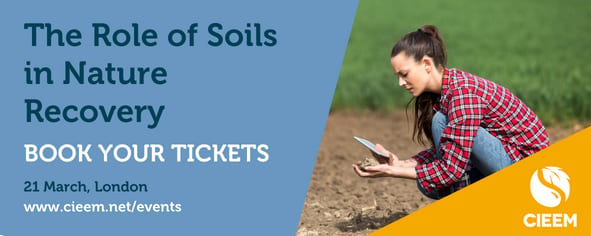
Soils are sometimes considered a Cinderella subject, something that can be very easy to neglect.
But new environmental legislation and policy rely on practitioners effectively creating habitats where nature can thrive, and soil is an integral part of that.
This conference will help delegates less familiar with soil and substrates to harness them to support habitat creation and restoration. This is essential to delivering biodiversity net gain and nature-friendly land management techniques.
You will hear evidence for effective soil and substrate creation and management techniques for various habitats and environmental outcomes. But, most importantly, you will get to grips with this crucial area of professional practice.
Presentations include:
- Getting Soils Right - Soil Information for Successful Habitat Creation and Translocation
- The role of soils for germinating successful and long-lasting nature recovery
- Soil recovery and re-use on major infrastructure projects – what is needed to achieve positive outcomes for biodiversity and the environment?
- Understanding our soils is key to the success of Biodiversity Net Gain (BNG) delivery
- Potential carbon sequestration co-benefits from biodiverse urban green infrastructure
- A UK Cultural Charter for Soil: Why Now?
- Unlocking soil biodiversity insights with eDNA
- Manufactured topsoils: Use, risks and selection
- Moving away from glyphosate, Storm Arwen, and traditional garden management: tales from a Botanic Garden
- A data set for England to help consider soil organic carbon: Spatial Prioritisation of Land Management for Carbon
- Supercharge your stockpile: can simple methods enhance the value of stored soil for biodiverse habitat creation
County Wildlife Sites Webinar
Wednesday 29 March, 7:30 - 9:00pm

Unsplash | Chris Lawton
Suffolk has over 900 County Wildlife Sites (CWS) covering in excess of 11,000 hectares. CWS represent an invaluable network of different habitats that support wildlife and help it to thrive throughout the county. This webinar will interest all existing and any prospective landowners of these important areas for wildlife.
Cattle grazing at Carlton Marshes Nature Reserve, SSSI and CWS © Emma Aldous/SBIS
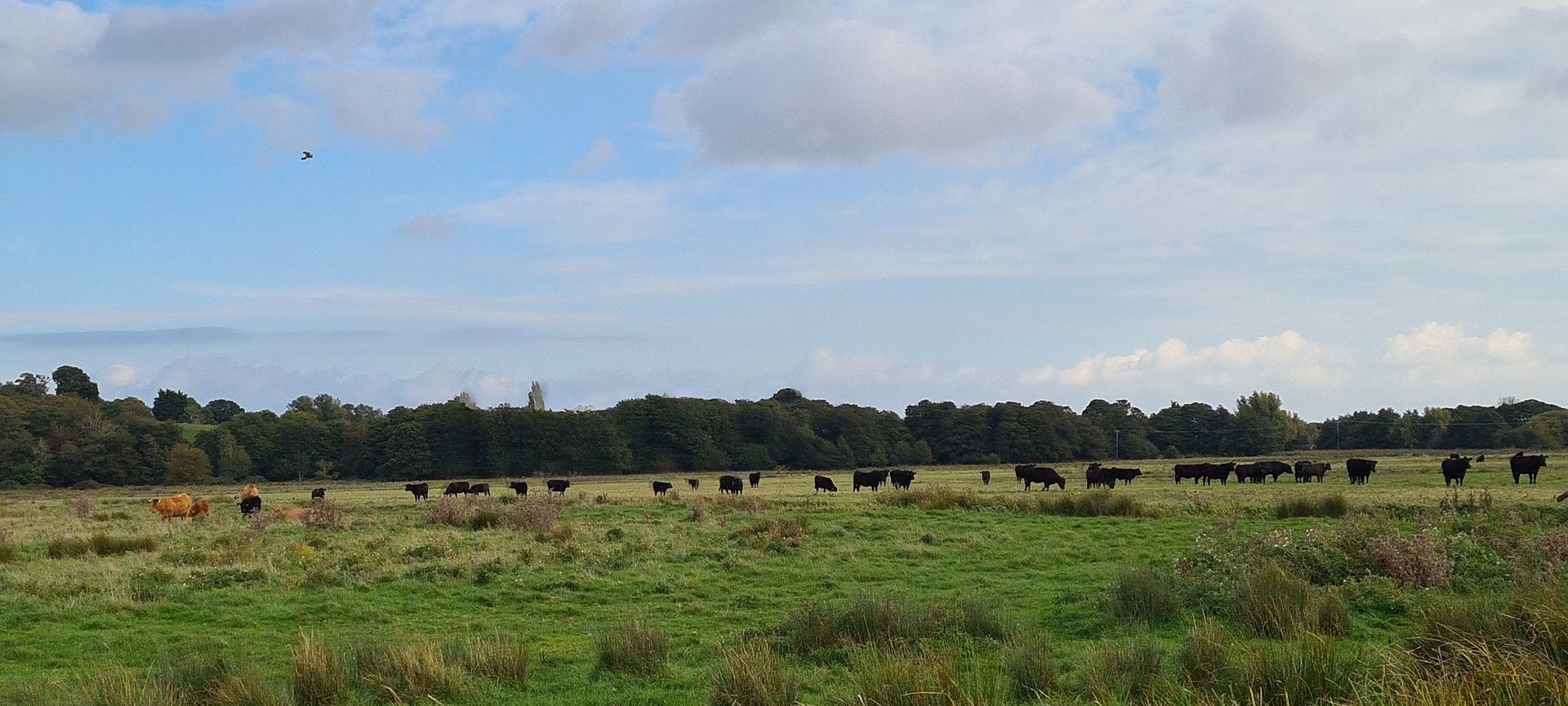
Graham Hart from Suffolk Wildlife Trust and Martin Sanford from Suffolk Biodiversity Information Service will explain what County Wildlife Sites are, and how they are designated, show examples of existing sites and explain how landowners can be supported. There will be a live Q&A session following the presentation.
This Webinar will be around an hour, and the Q&A will last around 30 minutes. Suffolk Wildlife Trust uses the Zoom platform, and when you book, you will receive instructions on how to join the event from the comfort of your home. When booking, please use the same email you will use on the night. Subtitles are available.
Booking information
Tickets: £1.00
When paying, please ensure you scroll down to fill in the booking form and click the ‘place booking’ button. Your confirmation details and zoom access are specific to the email you enter here.
Contact Suffolk Wildlife Trust
01473 890 089 • [email protected]
Suffolk’s Green Story
3rd February – 18th June 2023, Free admission
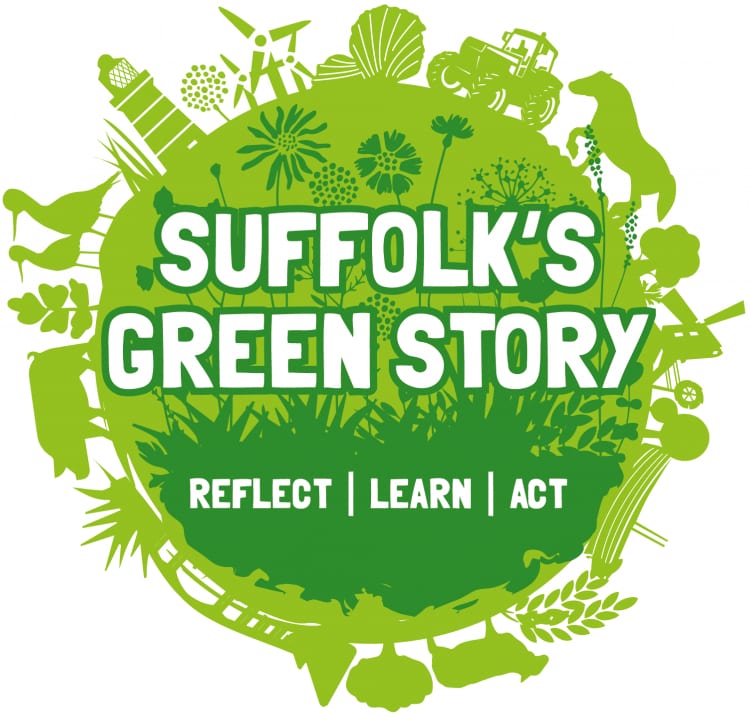
The Hold’s spring exhibition Suffolk’s Green Story: Reflect | Learn | Act explores Suffolk’s environment past and present, the changes and challenges impacting the local area today and what we can do to make a difference.
Showcasing Suffolk’s rich environmental heritage through original archive materials dating from the 1600s to the present day.
We take you on a journey that explores Suffolk’s green story, taking in Suffolk’s wonderfully diverse landscapes – the sandy Breckland of the northwest, the woodland of the central belt and the coastal sands and marshes of the eastern Sandlings.
The exhibition will reflect on major events in Suffolk’s weather and climate history, such as the 1953 floods, and tell the story of Suffolk’s agricultural heritage, and unique wildlife and flora. It features some specially loaned items from the Met Office and Britten Pears Arts, including some original scores from Noye’s Fludde, Benjamin Britten’s one-act opera which took inspiration from the 1953 floods. We will also be displaying three original Repton Red Books, from local stately homes Shrubland Hall, Nacton Estate and Livermere Estate, full of original garden and parkland illustrations. It will also explore what we can all do to slow down climate change and our role as individuals in responding to the global climate emergency.
The Hold, 131 Fore Street, Ipswich, Suffolk, IP4 1LR
Farming grant scheme extended
Tom Fairbrother, Coast & Heaths AONB
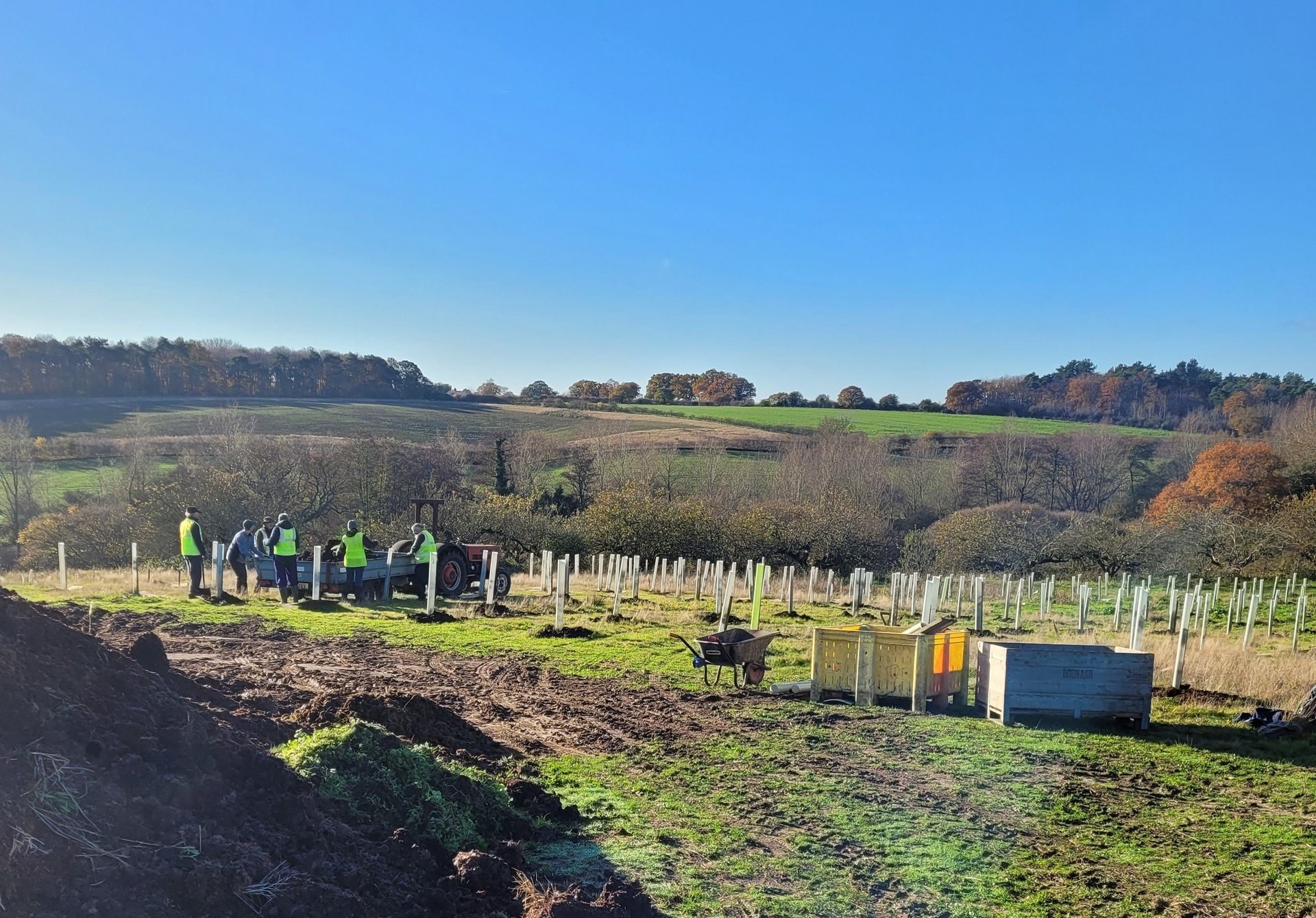
Volunteers mulch new trees
Farmers and land managers in the Coast & Heaths and Dedham Vale Areas of Outstanding Natural Beauty (AONBs) will be able to benefit from a key funding stream for a further two years following the publication of the Environmental Improvement Plan by Defra.
The Farming in Protected Landscapes grant programme, which funds projects on farms and land in AONBs and national parks, has today been granted a 12-month extension to its original closing date of March 2024, meaning that the scheme will now run until March 2025.
Since the programme launched in April 2021, more than £442,000 has been awarded to fund over 40 projects across Suffolk and Essex. The programme supports projects focusing on climate, nature, people, or place. It is open to landowners, farmers and other land managers. Its role in helping the Government to achieve its environmental objectives is set out in the Environmental Improvement Plan.
The programme funds projects which help restore biodiversity, create new habitats or help deal with climate change’s effects, such as through carbon sequestration or flood management. Farming in Protected Landscapes also benefits projects aimed at improving people’s understanding and appreciation of the countryside, protecting historic features, enhancing landscapes and boosting business resilience.
Cllr Nigel Chapman, chair of the Farming in Protected Landscapes application assessment panel, said: “This is great news, and we’re really pleased with this extension. We’ve got an additional year to support new applications and get a whole range of new projects up and running throughout the Coast and Heaths, and Dedham Vale.
The money provided through this grant programme will be able to make a real difference to farm businesses, nature, and the countryside within our wonderful AONBs in Suffolk & Essex.”
Areas of Outstanding Natural Beauty are designated by the Government to conserve and enhance outstanding landscapes for the nation’s benefit. To learn more about the programme and apply, phone 01394 445 227 or click the buttons below
Community Grant Funding
Brecks’ Fen Edge & Rivers Landscape Partnership Scheme

We are delighted to offer opportunities for grants for communities and local organisations who require funding for small projects that engage local communities and will enhance, restore or celebrate heritage in the Brecks’ Fen Edge & Rivers Landscape Partnership Scheme (BFER) area.
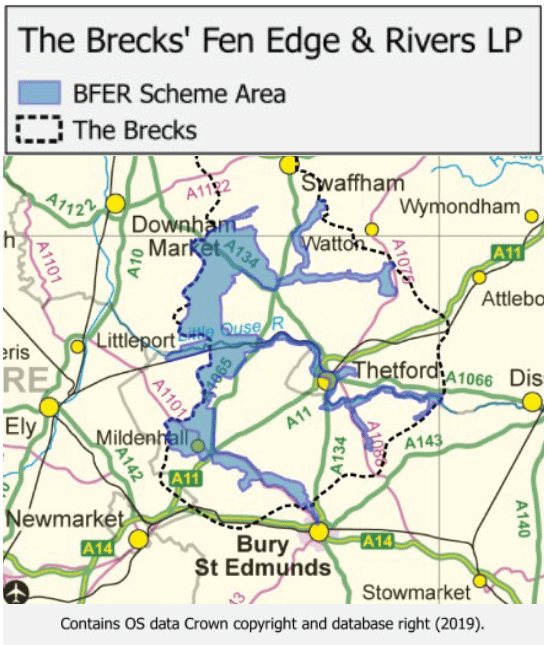
This project will provide opportunities for communities and local organisations to apply for funding to enhance, restore or celebrate heritage in the project area, support heritage, or build capacity and sustainability.
The BFER 3rd Party Grant Fund will offer grants of between £500 and £2,500 for projects that will conserve, enhance, celebrate and increase understanding of the historic landscape of the scheme area.
It will enable small projects to gain funding, develop confidence and expertise in local heritage and community organisations, and enable BFER outputs to have some degree of flexibility that ensures any new opportunities for high-quality outputs and outcomes can be supported during the 5-year delivery period.
Project criteria will include a 25% match funding requirement to ensure value and commitment from the applicants.
If you’d like to discuss your project idea with a member of the team, need more information or want to be added to our mailing list, email: [email protected]
AONB Grant Funding
Tom Fairbrother, Coast & Heaths AONB

Acorn collection at Staverton Thicks
Community projects across Essex and Suffolk can now apply for grant funding following the opening of a £40,000 annual scheme.
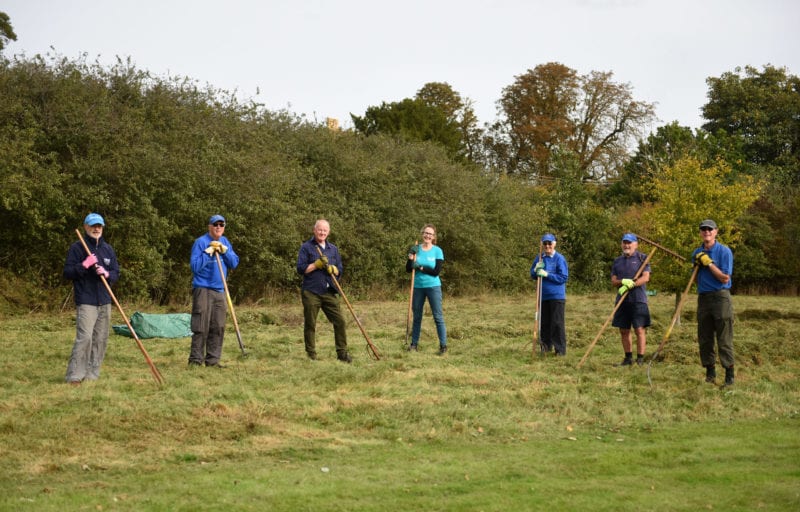
Group meadow management
Each year, the Coast & Heaths Area of Outstanding Natural Beauty awards several grants through its Sustainable Development Fund, typically up to £5,000 per project.
The fund is designed to support projects that help to conserve and enhance the natural beauty of the nationally significant landscape that stretches along the Suffolk coast from Kessingland to Shotley, as well as covering the Stour Estuary in North Essex.
The Sustainable Development Fund is open for applications from individuals, schools, businesses, organisations, parish councils, and community groups to facilitate community projects that promote a sustainable way of living in an area of outstanding natural beauty and diversity of landscape.
Projects encouraging everyone to get involved with the environment, remove barriers to enjoyment and involvement in the countryside, bring organisations and people together to tackle problems, and promote new ideas are particularly encouraged.
Projects previously funded include beachcombing events for children, new accessible paths and gates at wildlife sites, art workshops for people with mental illness, and investing in water collection and recycling equipment.
The closing date for applications is Friday, 19th May 2023.
For more information about the available funding and the criteria and guidelines, please visit suffolkcoastandheaths.org
or contact Oka Last, Area of Outstanding Natural Beauty Grants Officer, on 01394 445225 or [email protected].
Events
Conferences, Webinars & Training
Suffolk Naturalists’ Society 2023 Conference
Into the Wild • 4 & 11 March 2023 (two half-day sessions) • Online • sns.org.uk
RSK Webinars
The First Thursday Club is a monthly scientific, specialist-led webinar created and led by RSK Biocensus, which focuses on best practices relating to the natural environment. Previous First Thursday Club Webinars are available on YouTube
Suffolk Wildlife Trust
- Green woodworking skills • 4 Mar • Bradfield Woods
- Wildlife Live Webinar - Birds' nest secrets • 7 Mar • Online
- Level 1 Botanical Drawing • 11 Mar - 20 Nov • Carlton Marshes
- Level 2 Botanical Drawing • 11 Mar - 20 Nov • Carlton Marshes
- Field Sketchbook workshop SPRING • 11 - 13 Mar • Carlton Marshes
- Wildlife Live Webinar - Native hedgerow plants • 23 Mar • Online
- Meadow creation • 23 Mar • Moat House, Eye
- County Wildlife Sites Webinar • 29 Mar • Online
- Wildlife Live Webinar - Martlesham Wilds • 5 Apr • Online
- Wildlife Live Webinar - Churchyard wildlife • 19 Apr • Online
- Spring Bird ID • 23 Apr • Lackford Lakes Nature Reserve
- Introduction to hedgehogs • 29 Apr • Redgrave & Lopham Fen
- Level 2 Leader in Outdoor Learning • 10 - 12 May • Lackford Lakes
- Plant ID and activities for Forest School • 11 May • Bradfield Woods
- Wild Beach Leader Training - Level 3 • 16 - 18 May • Felixstowe
- Late Spring Bird ID • 21 May • Lackford Lakes
- Wild Foods at Forest School • 23 May • Foxburrow, Woodbridge
- Introduction to wildflower ID • 15 June • Mellis Common
- Field Sketchbook workshop SUMMER • 29 - 31 Jul • Carlton Marshes
Field Studies Council
BioLinks subsidised training courses
Focussed on invertebrate identification and for anyone involved or interested in biological recording. BioLinks
Natural History Courses
Covering all aspects of the natural world for beginners, enthusiasts, volunteer recorders and professionals. Natural History
Professional Development for Ecologists and Conservationists
An extensive range of courses that cater to a range of career levels, providing wildlife identification and surveying courses in many subjects. Professional Development
The Species Recovery Trust
Online courses
- Habitat Indicator Species • 13 Mar
- Invasive Species • 15 Mar
- Around Britain in 25 sedges • 20 Mar
- UK Wildlife & The Law • 27 Mar
- Great Crested Newts - Ecology, Conservation and Survey 2023 • 2 May
- Water Vole Mitigation 4 May
- Around Britain in 25 grasses • 5 May
- Around Britain in 30 Bryophytes • 12 May
- UK Wildlife & The Law • 18 May
- Around Britain in 20 ferns and their allies • 19 May
- Around Britain in 20 Rushes • 22 May
- How to survey & assess hedgerows • 26 May
- Grasses Part 2 • 5 Jun
- Heathlands and acid grassland - Species and habitat survey • 8 Jun
- Habitat Indicator Species • 9 Jun
- Around Britain in 25 sedges • 16 Jun
- Aquatic Plant ID • 19 Jun
- UK Habitat Classification • 23 Jun
- Woodlands - Botanical Survey • 26 Jun
- Invasive Species • 30 Jun
London Natural History Society
- The Marine World • 13 Apr
